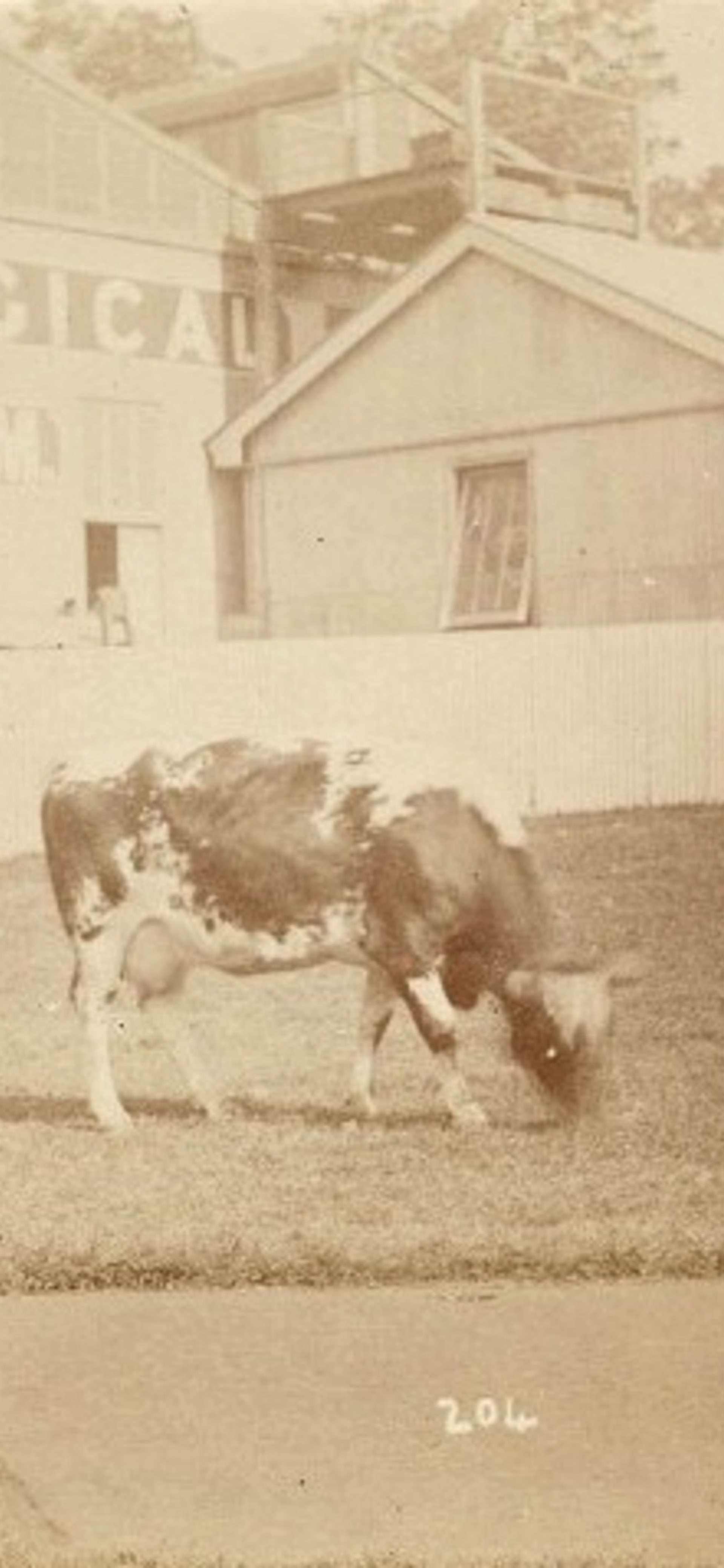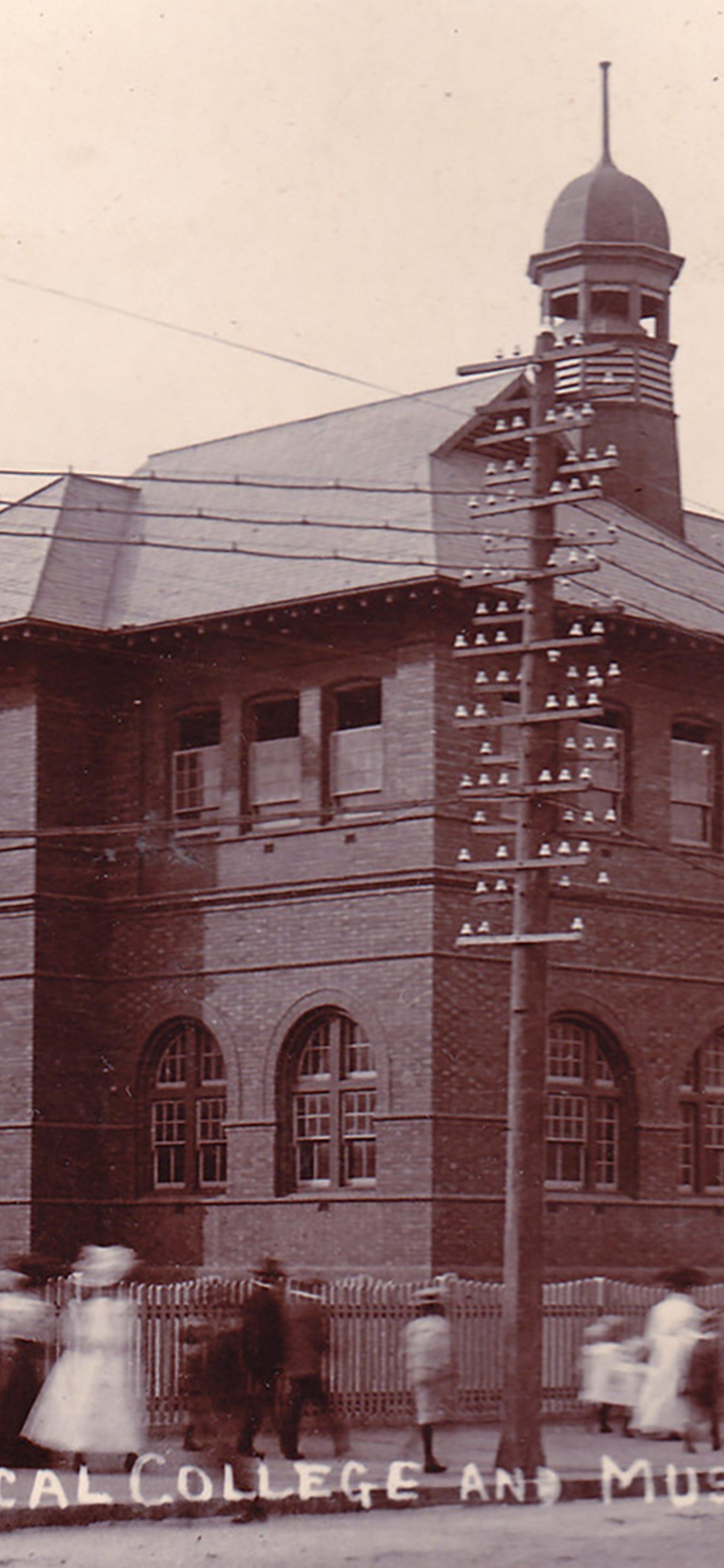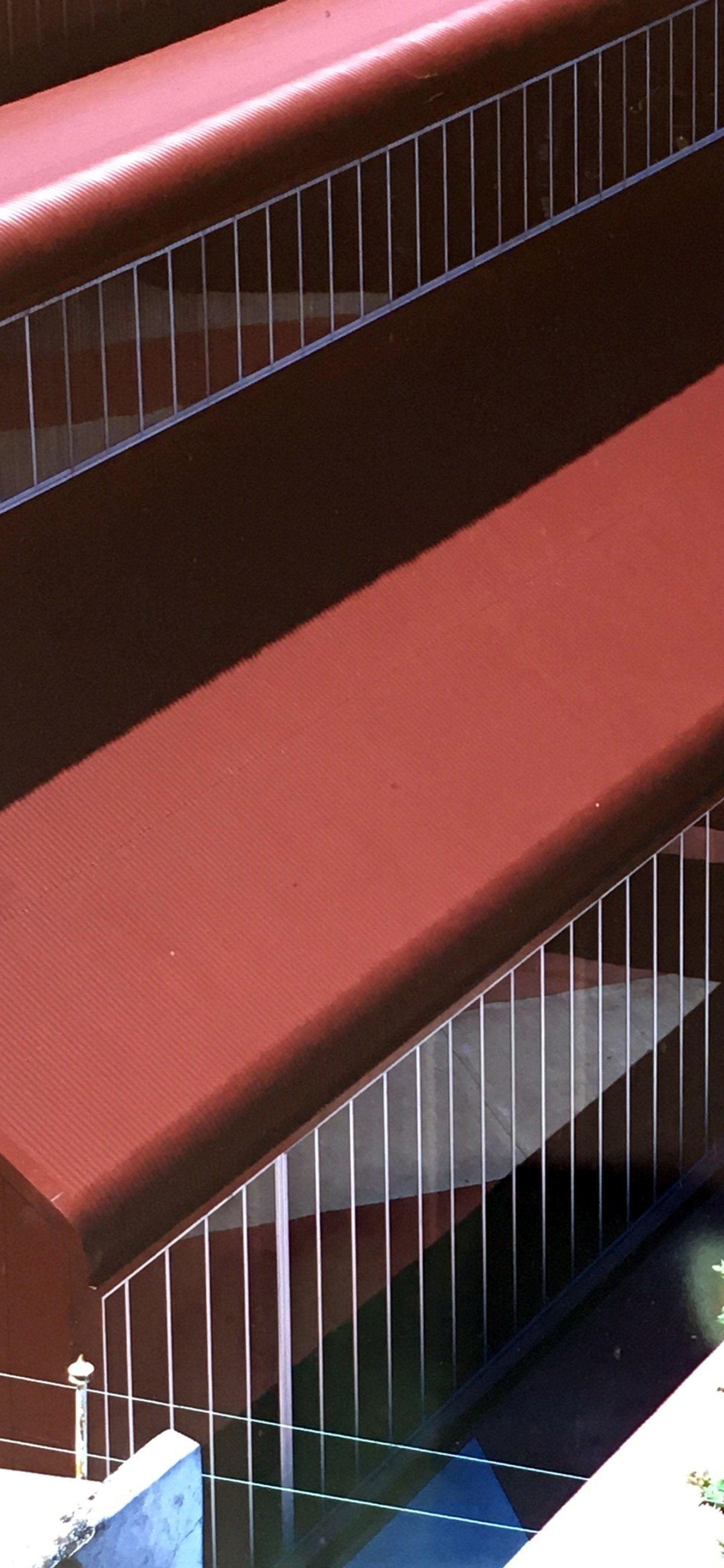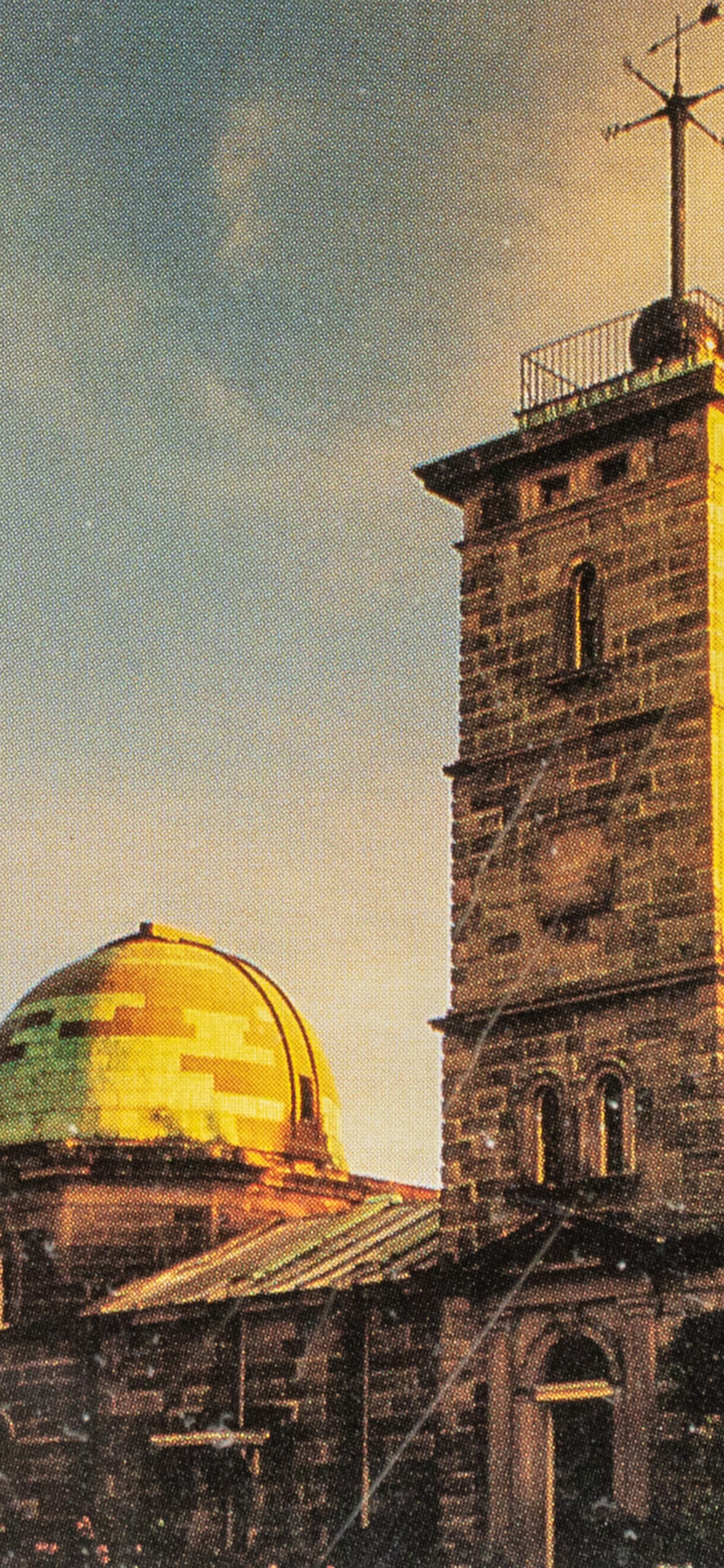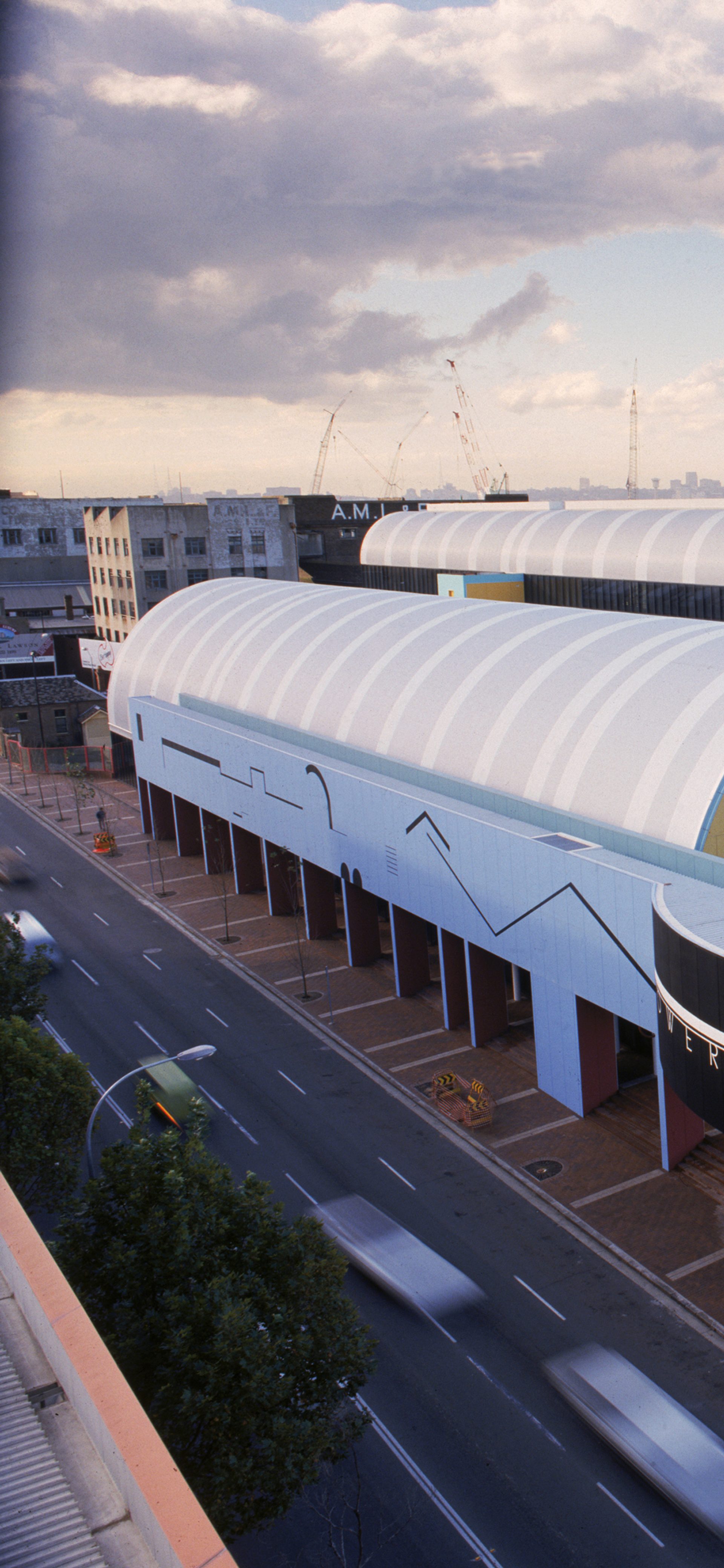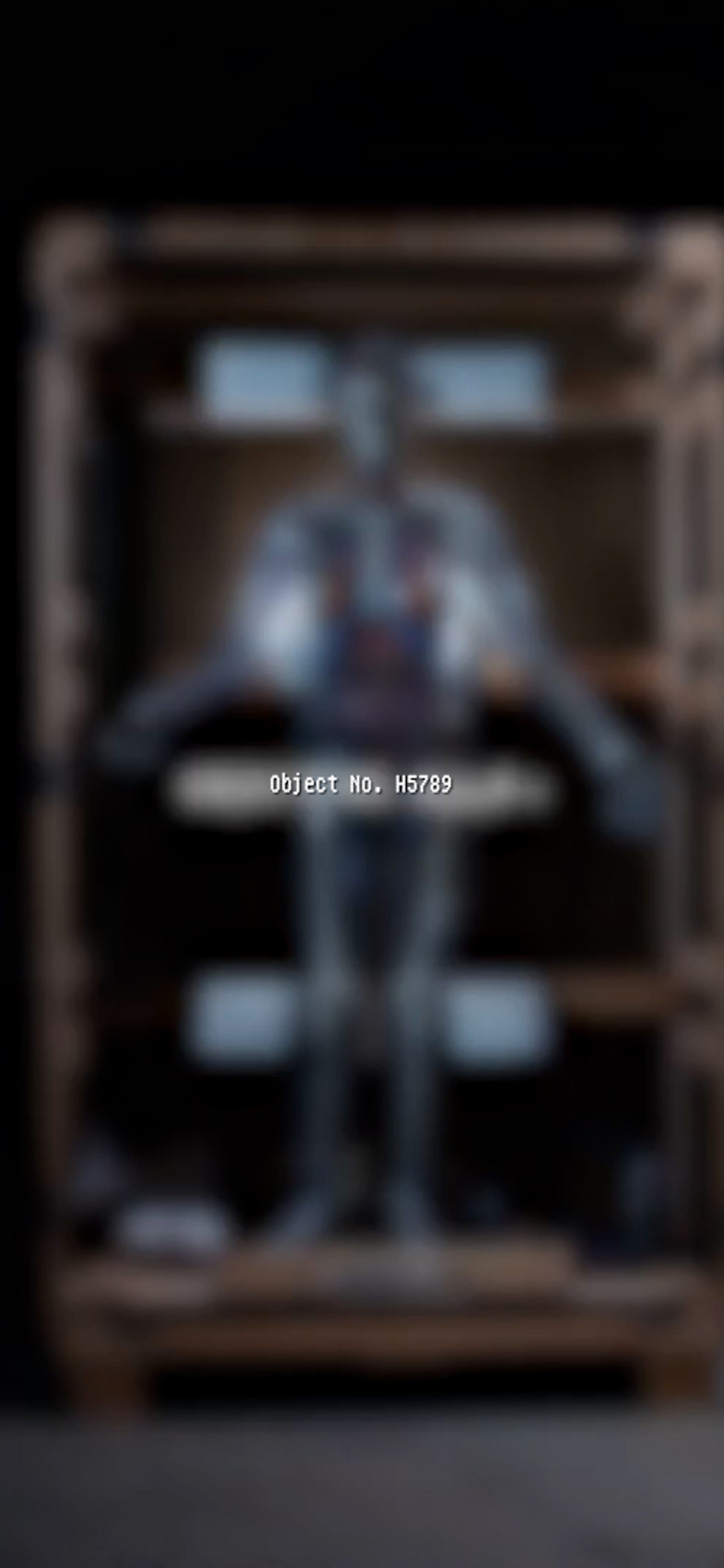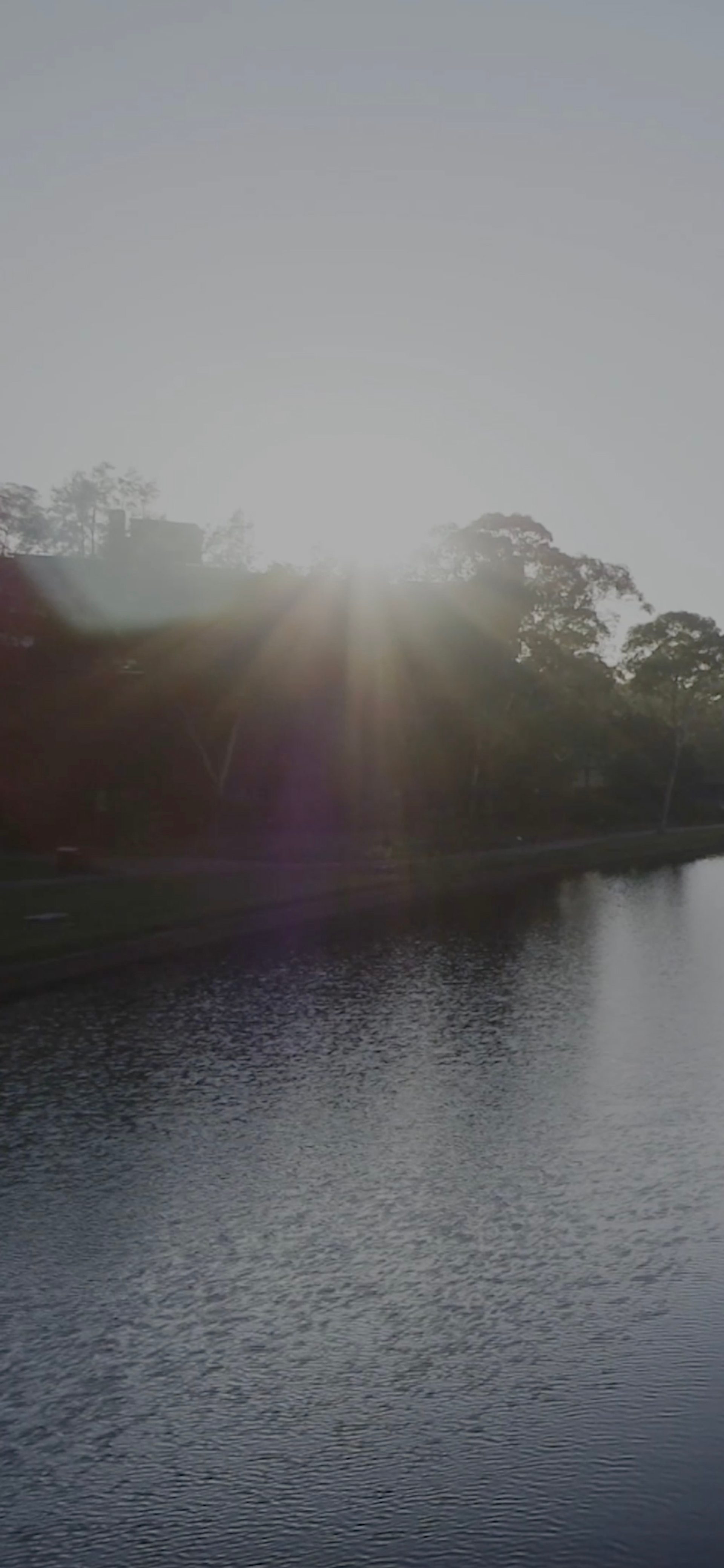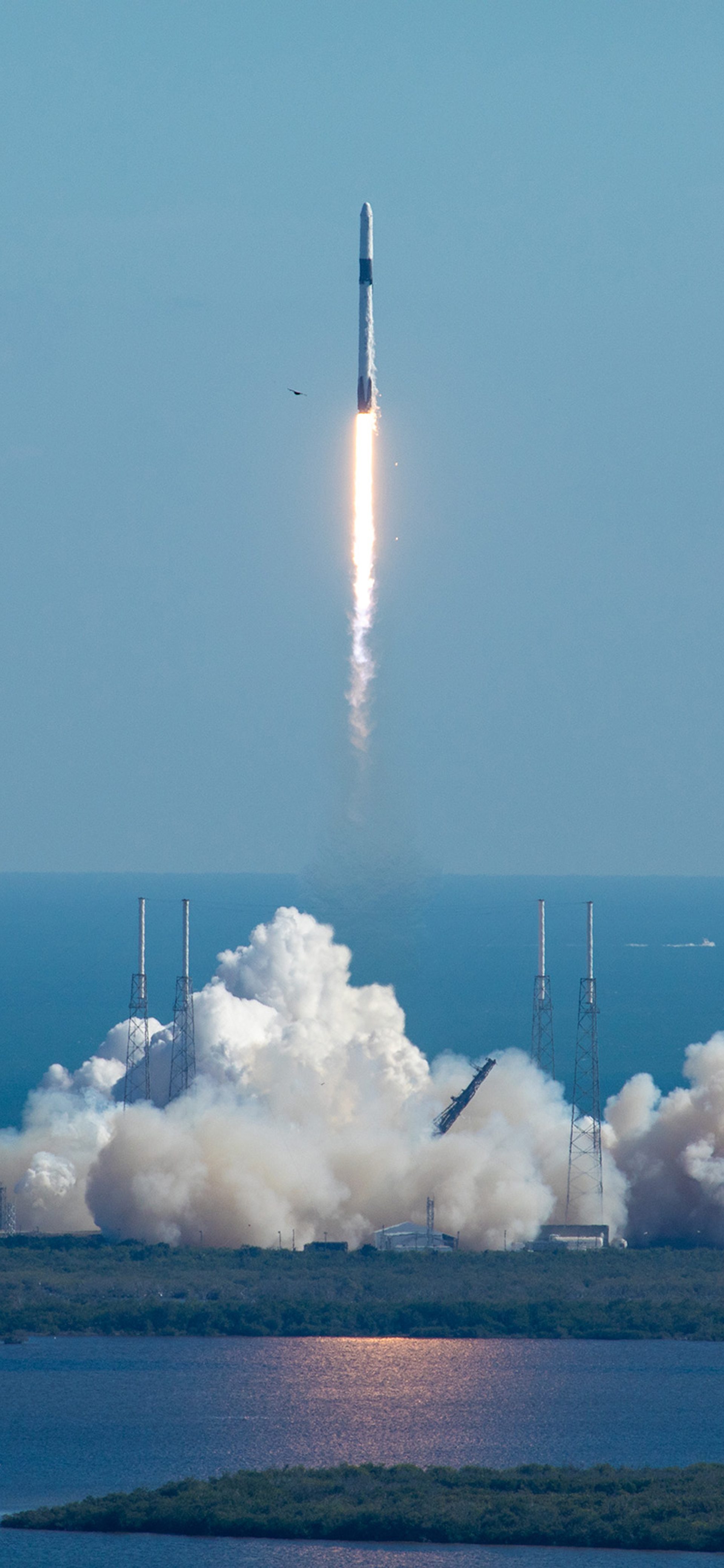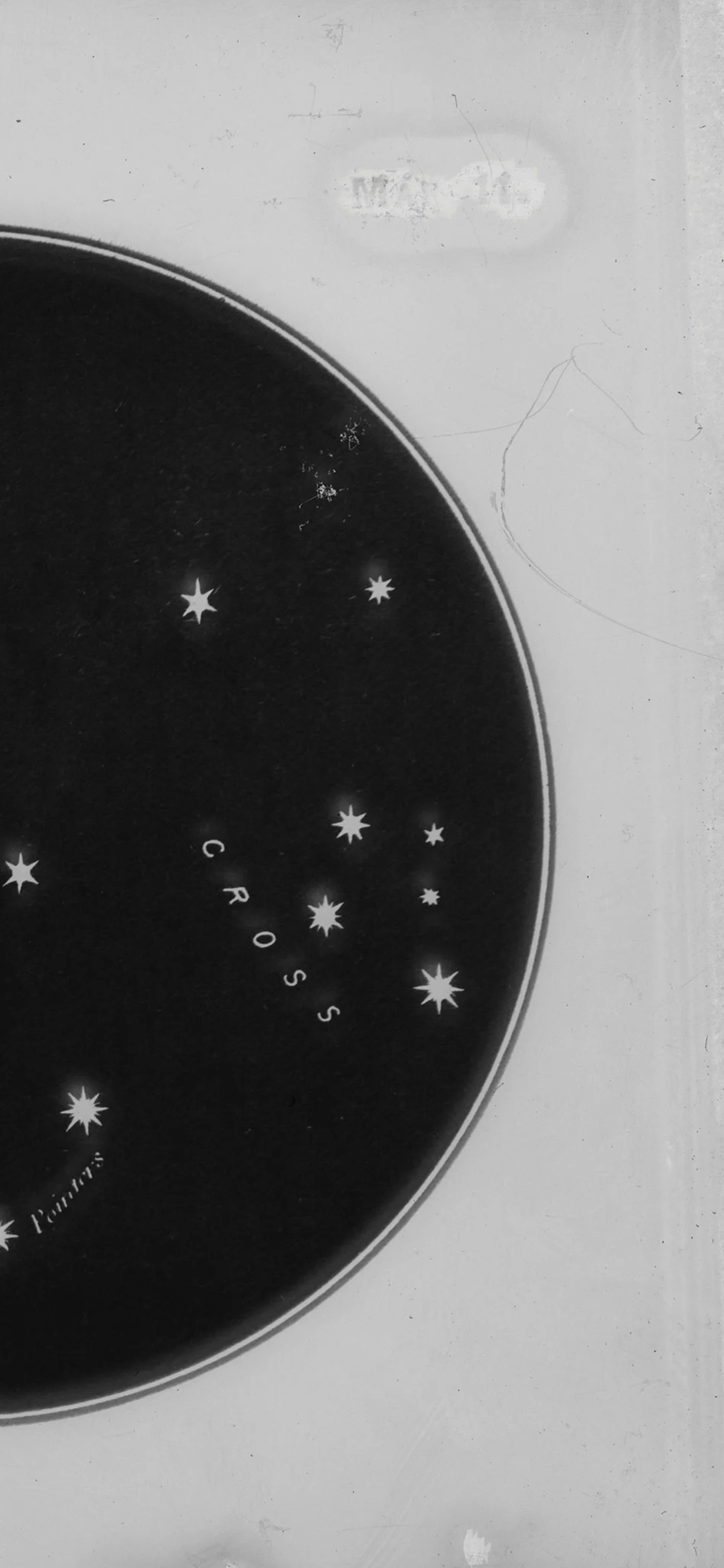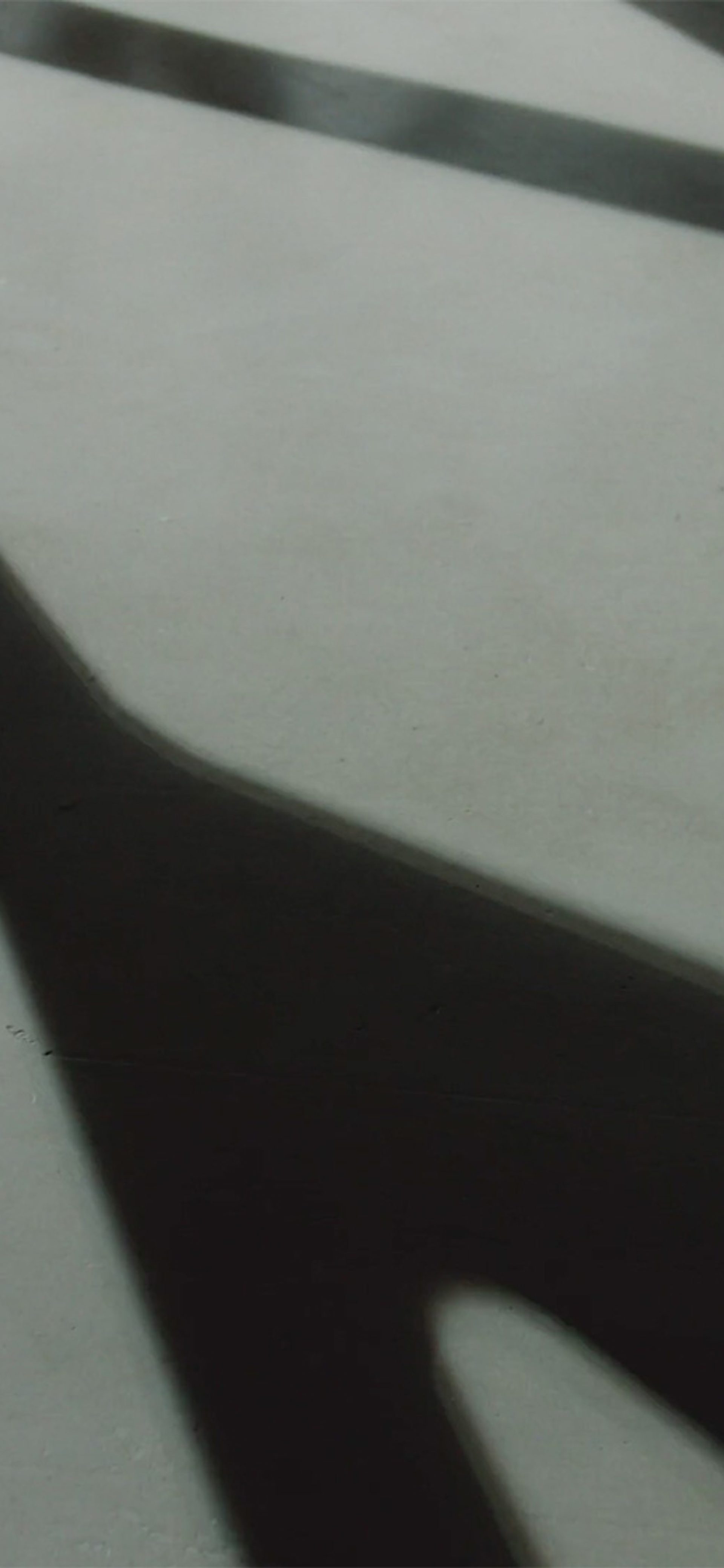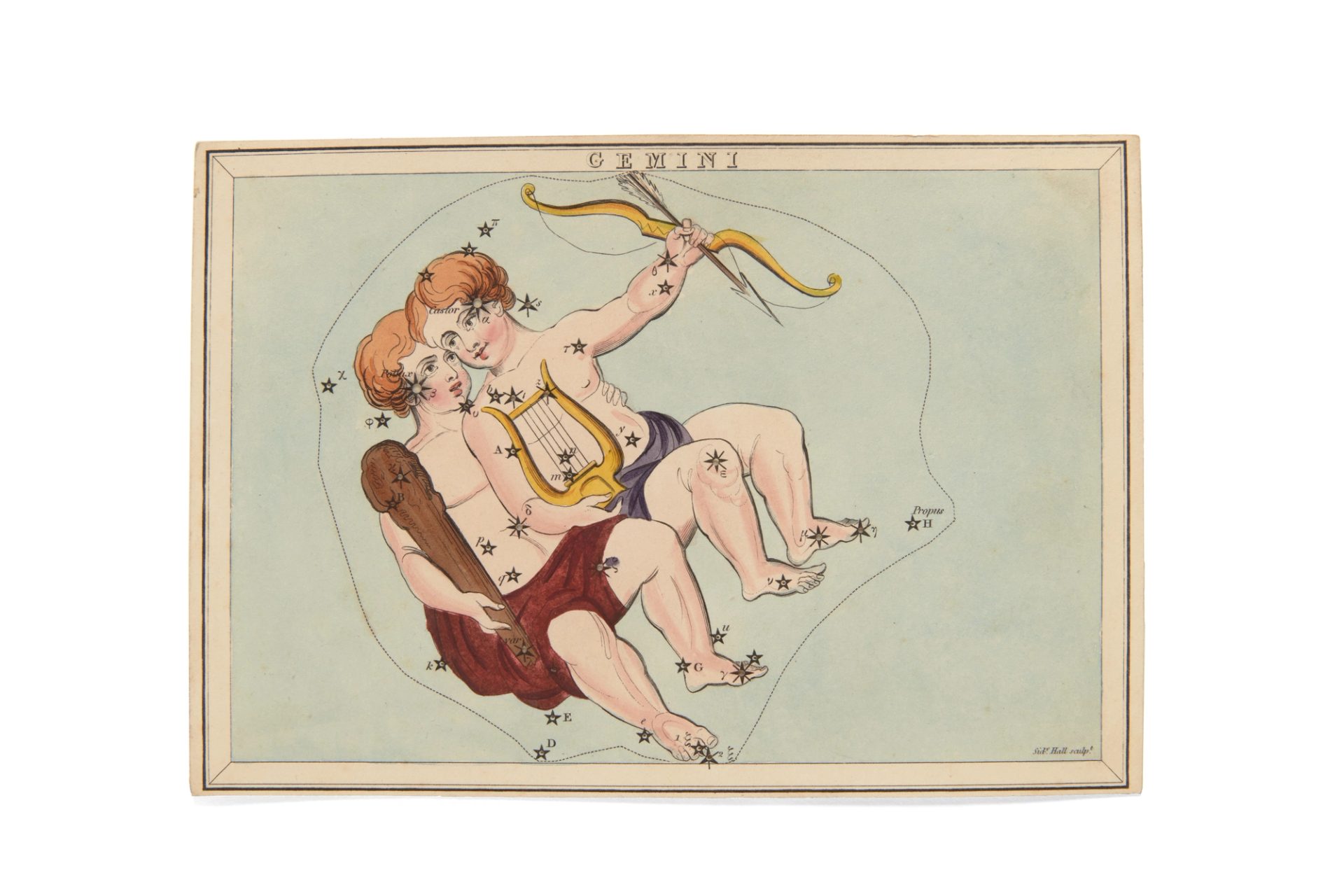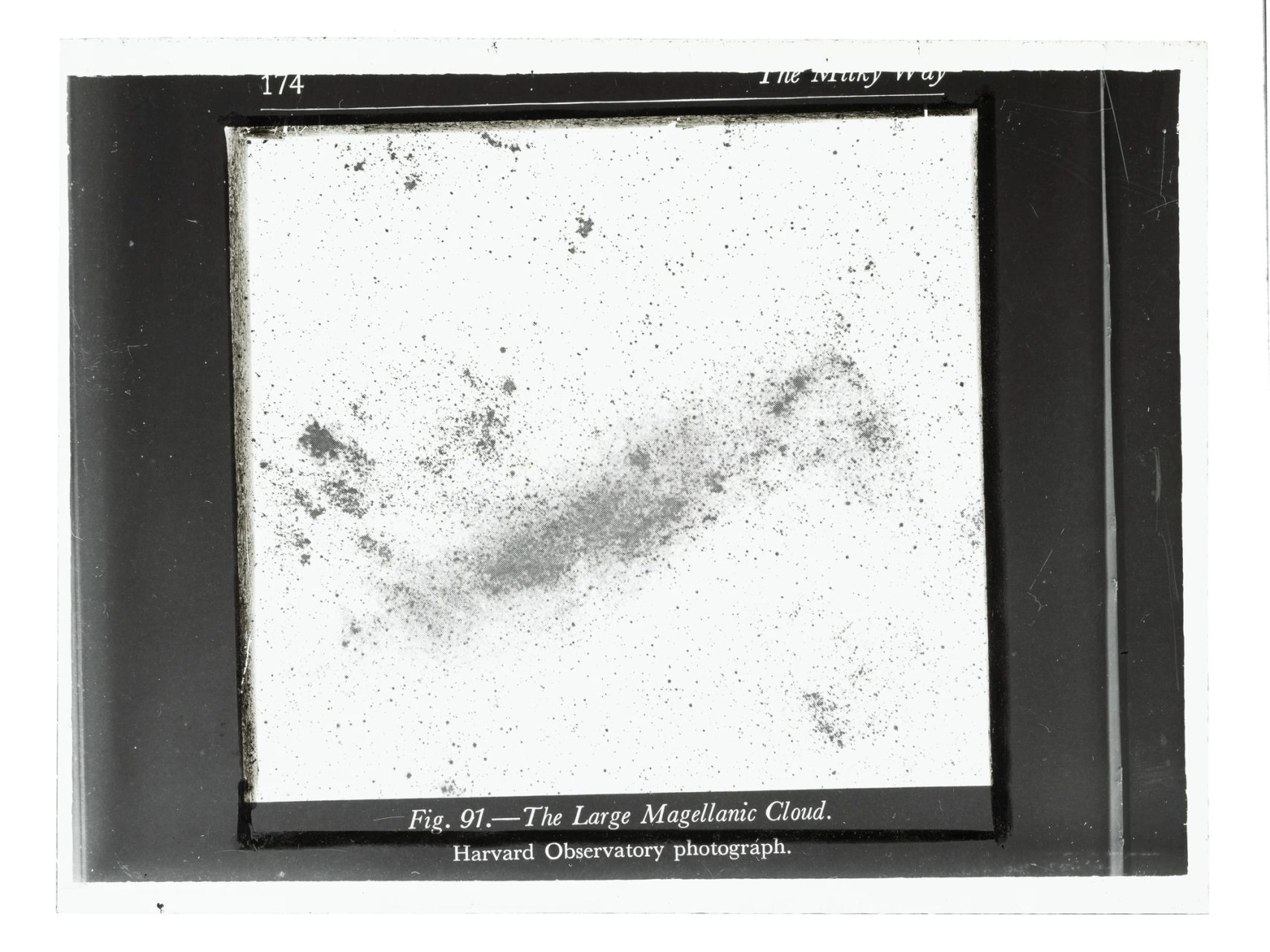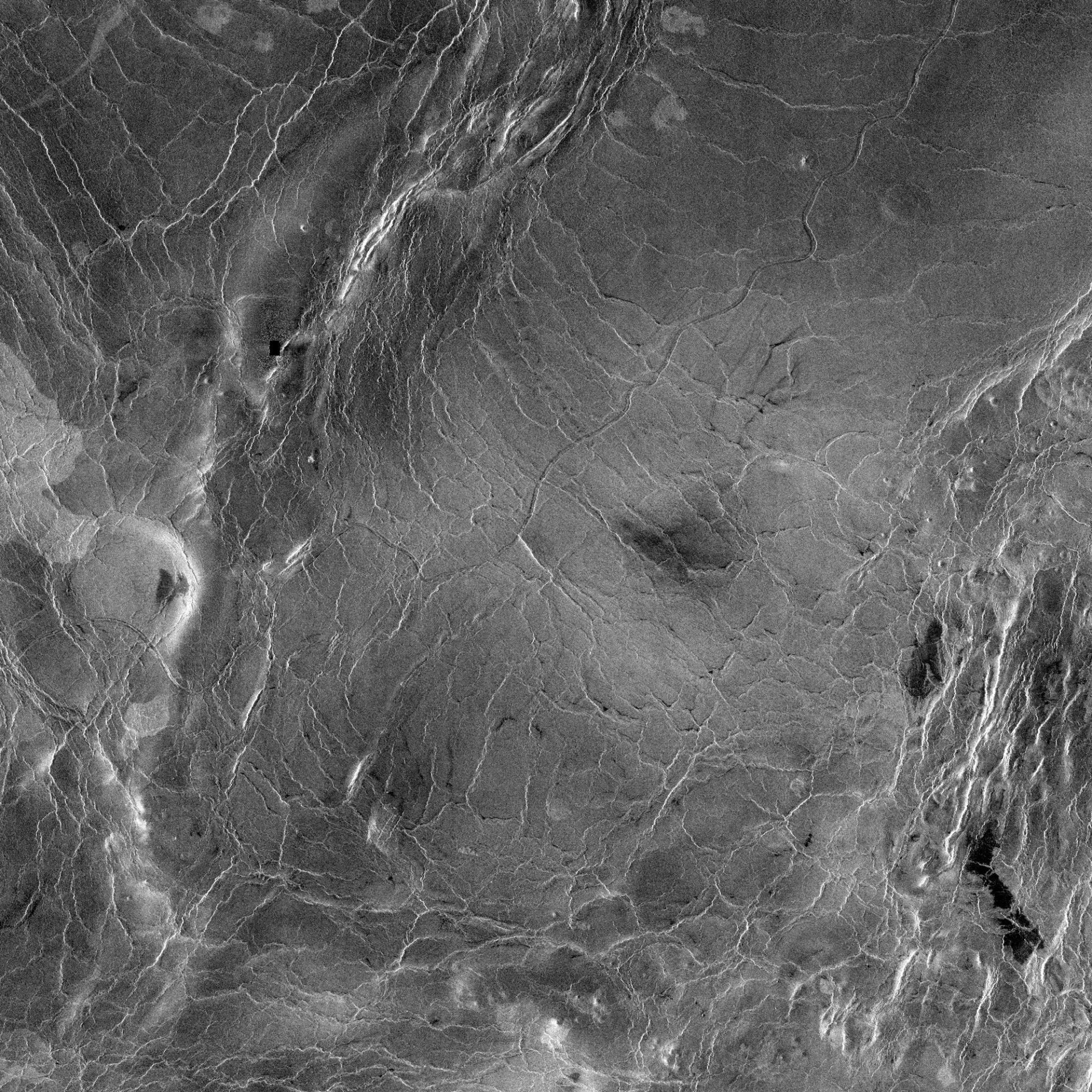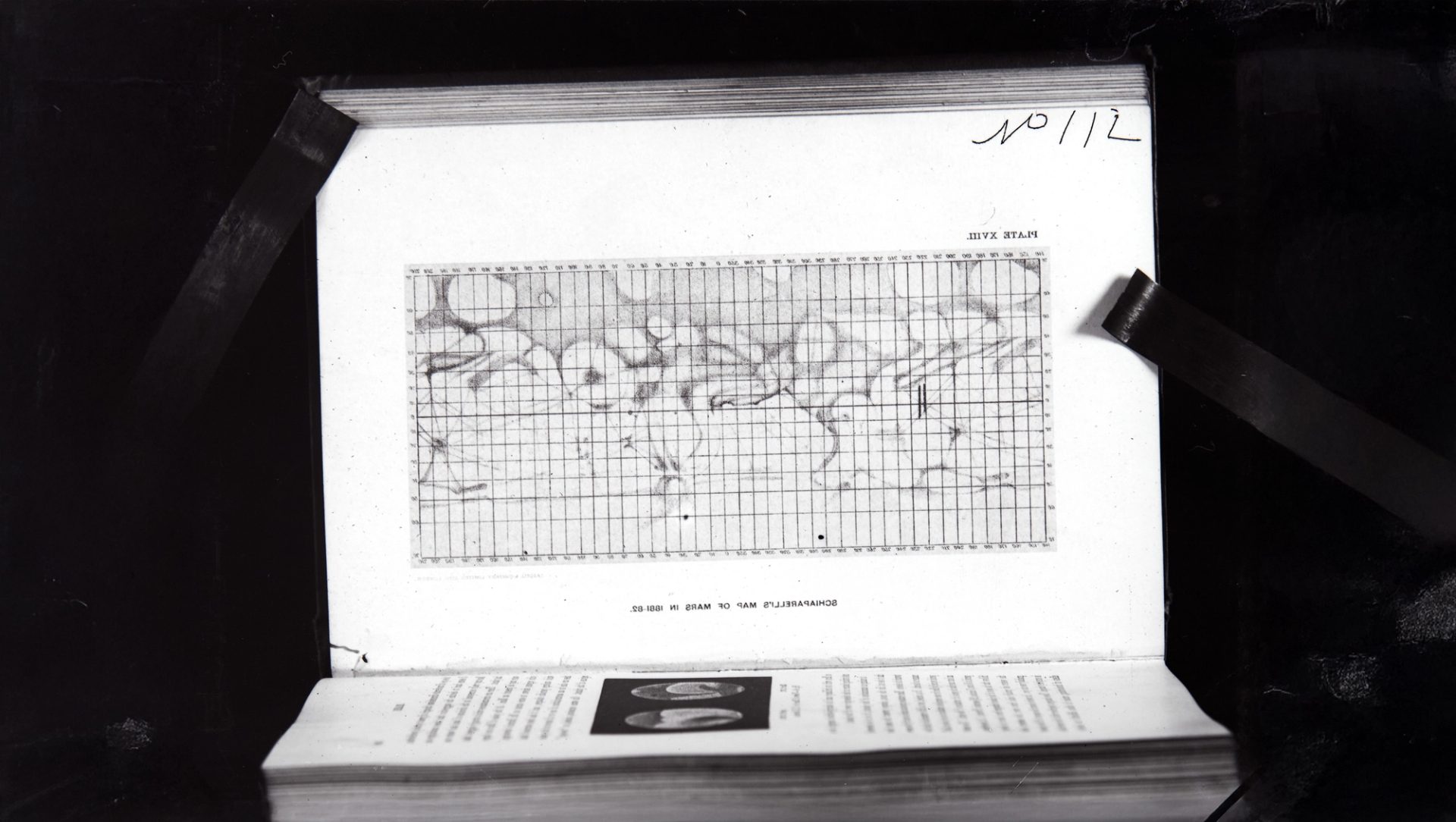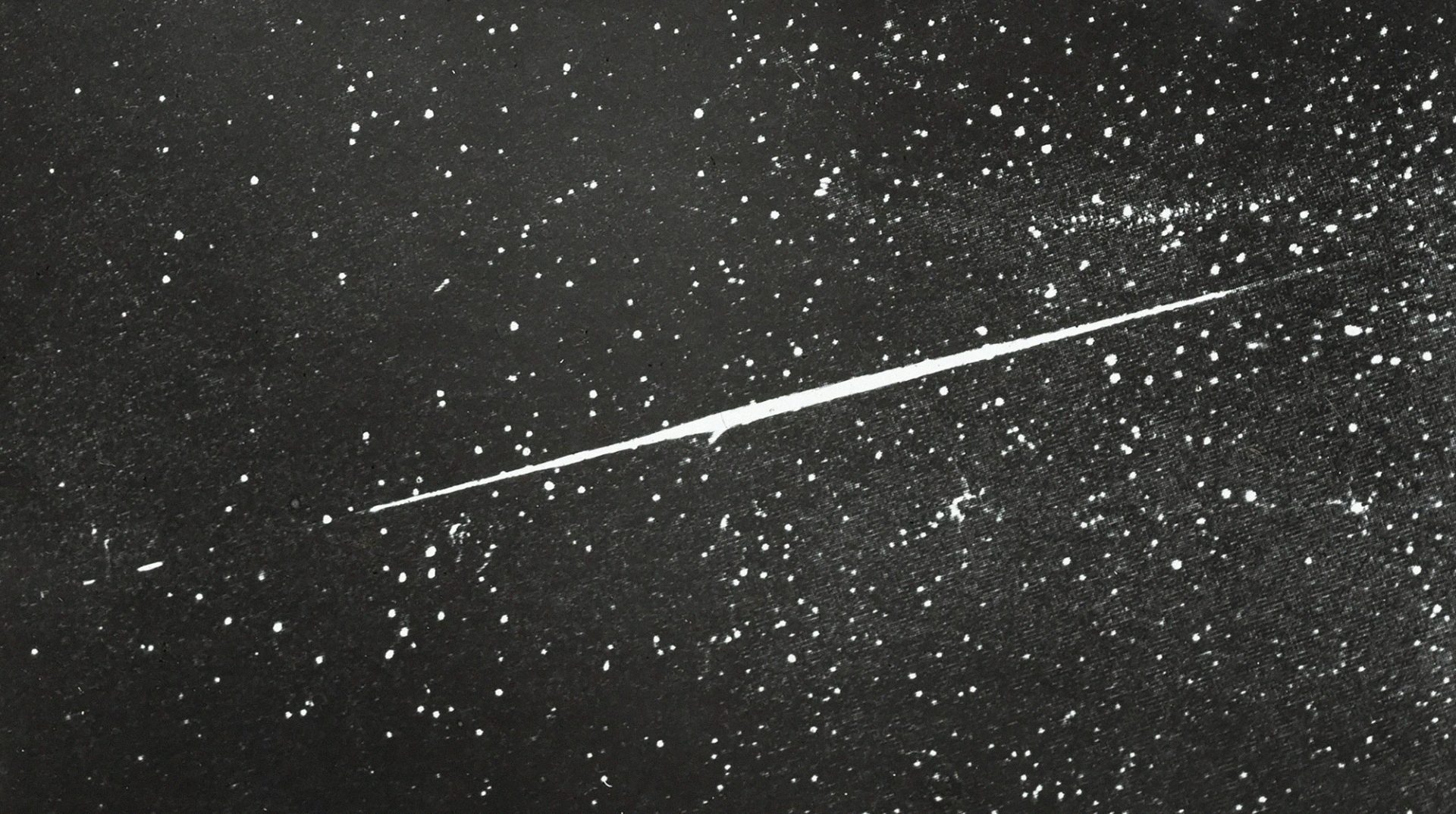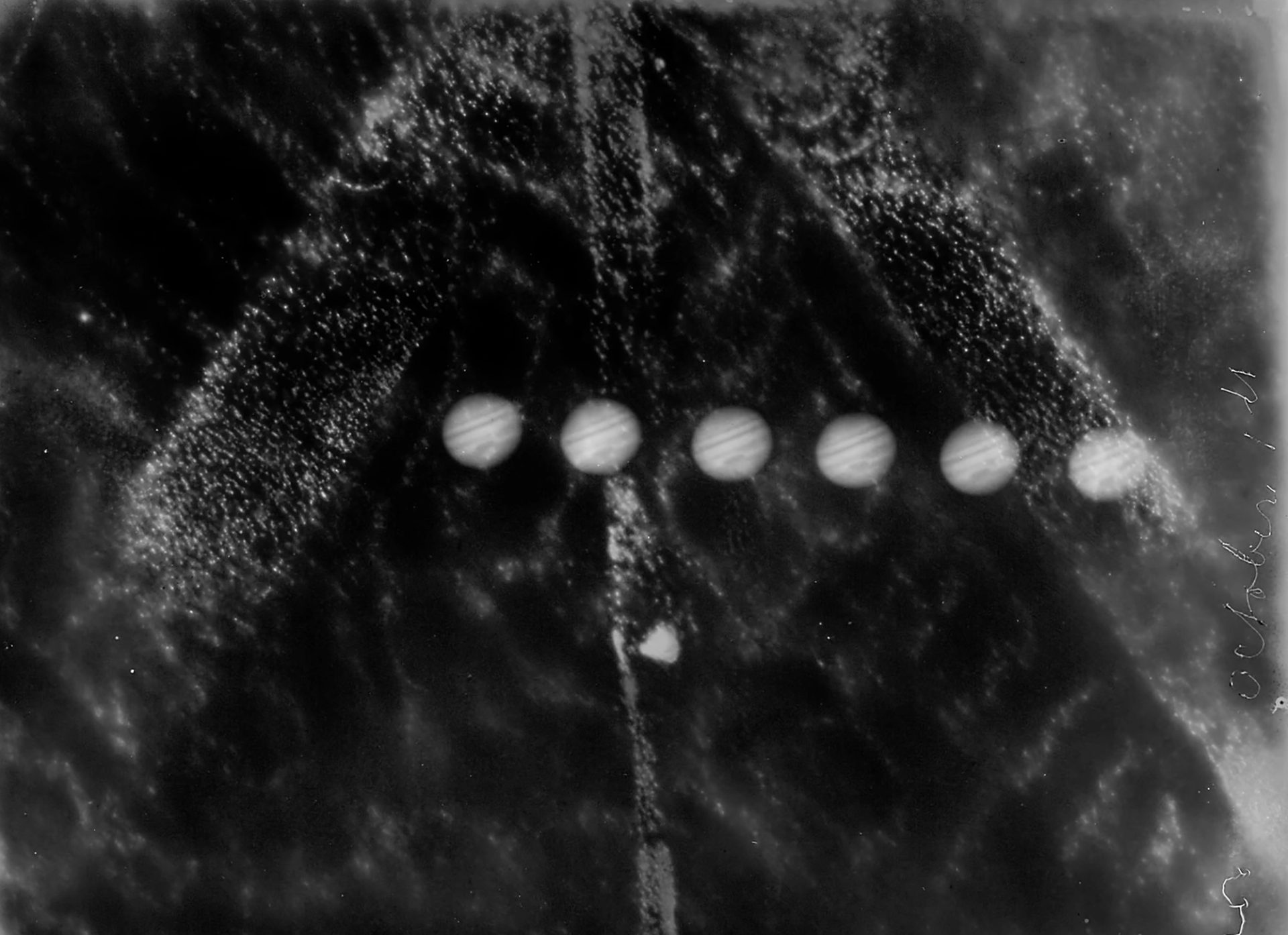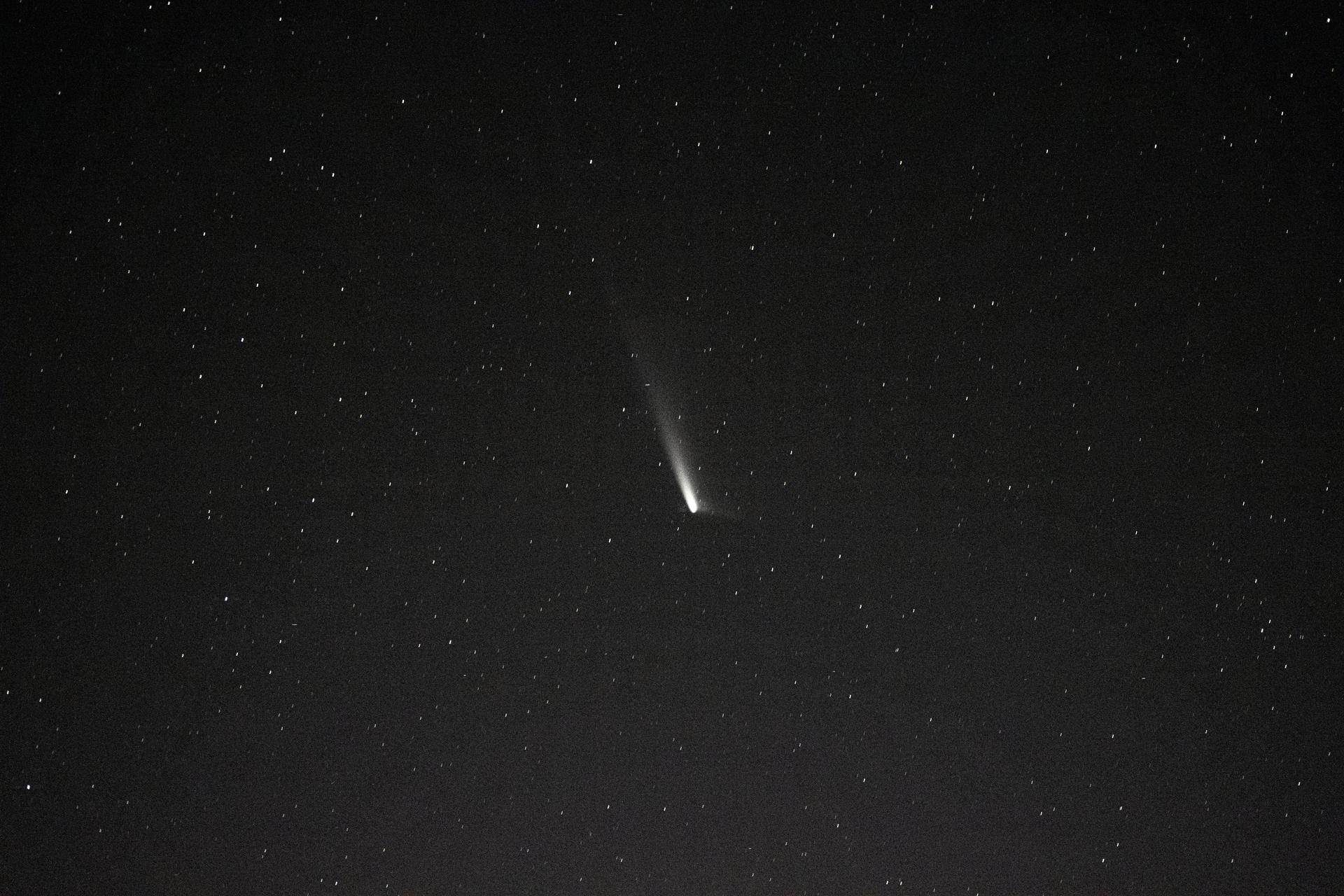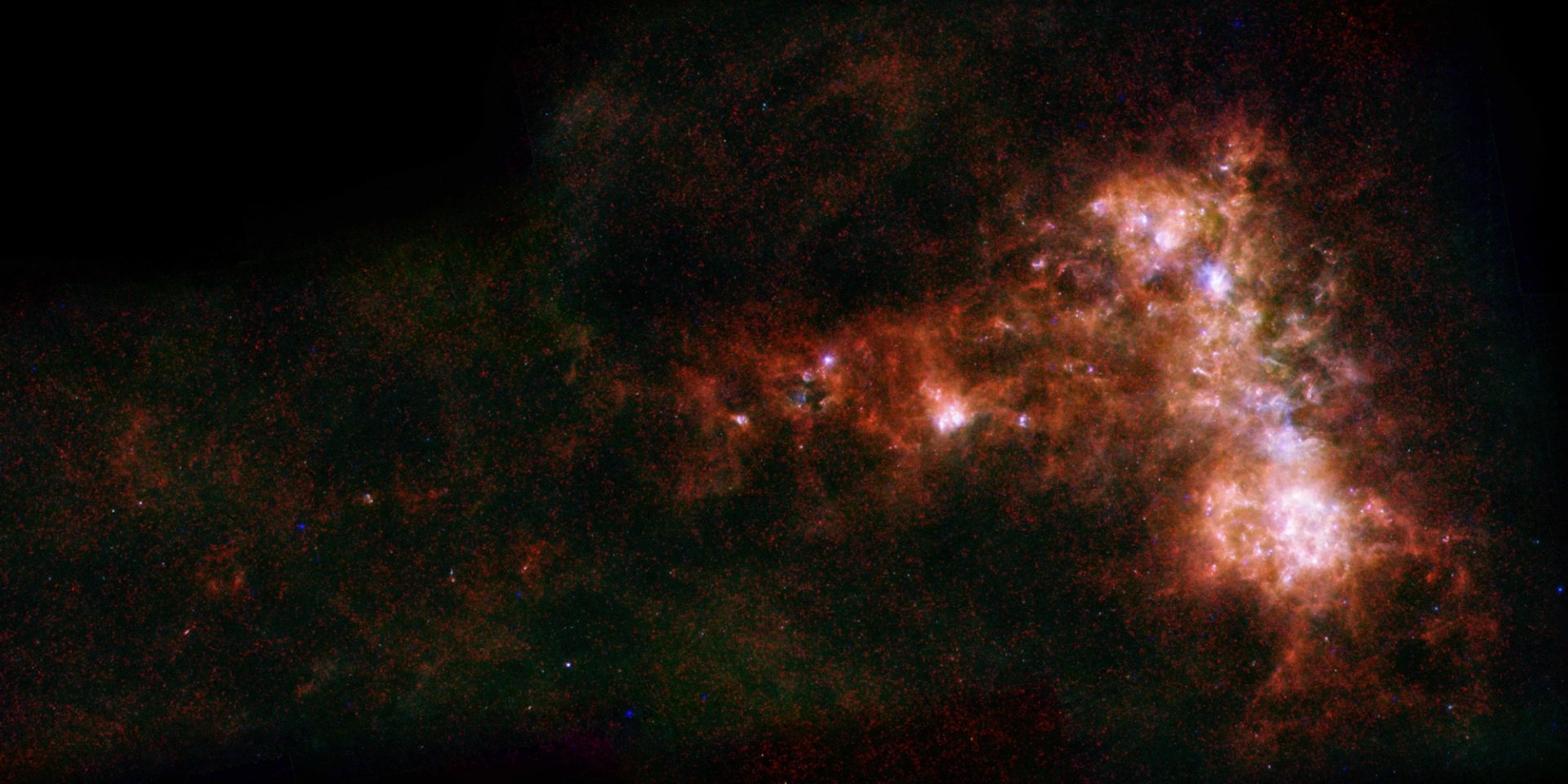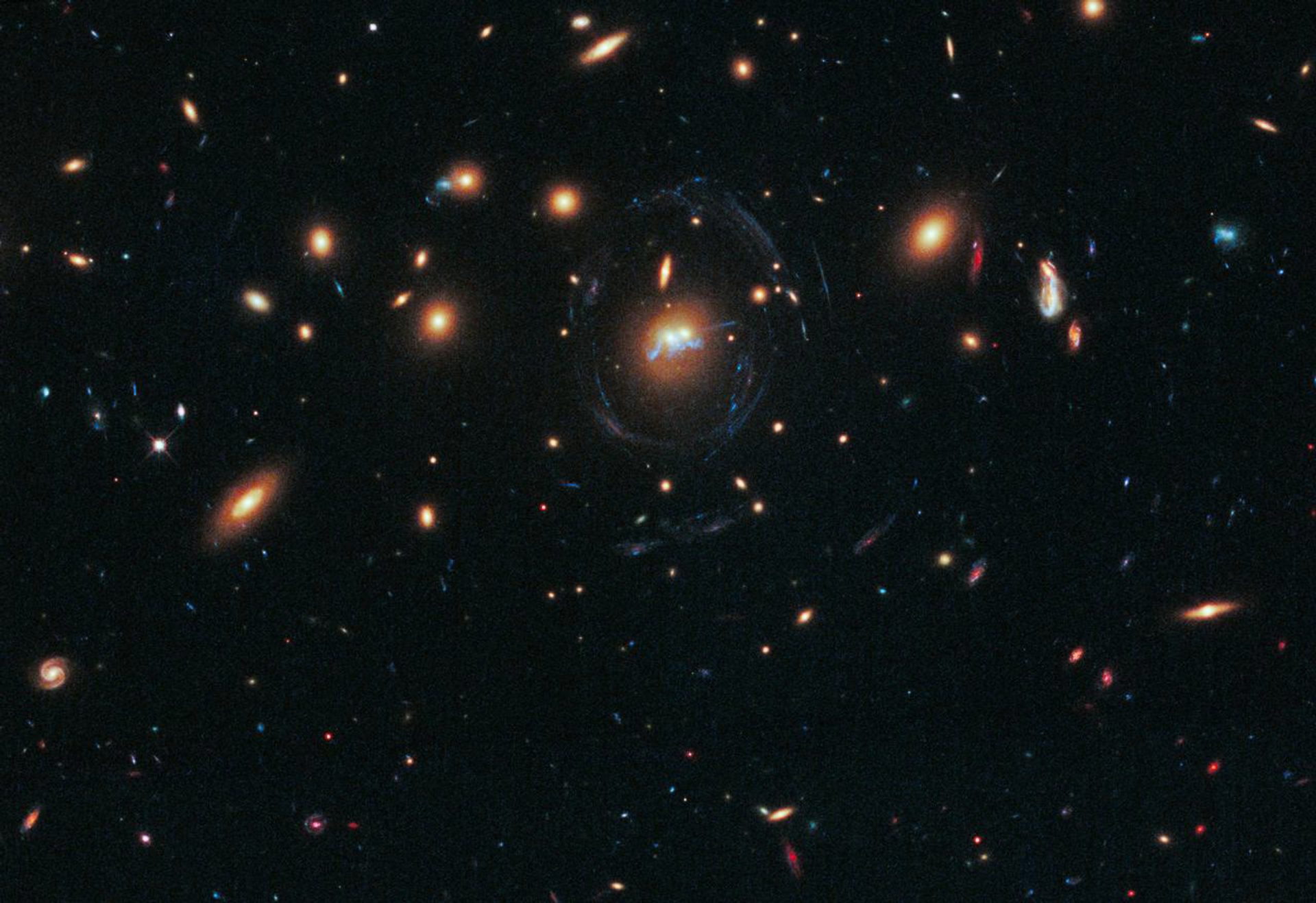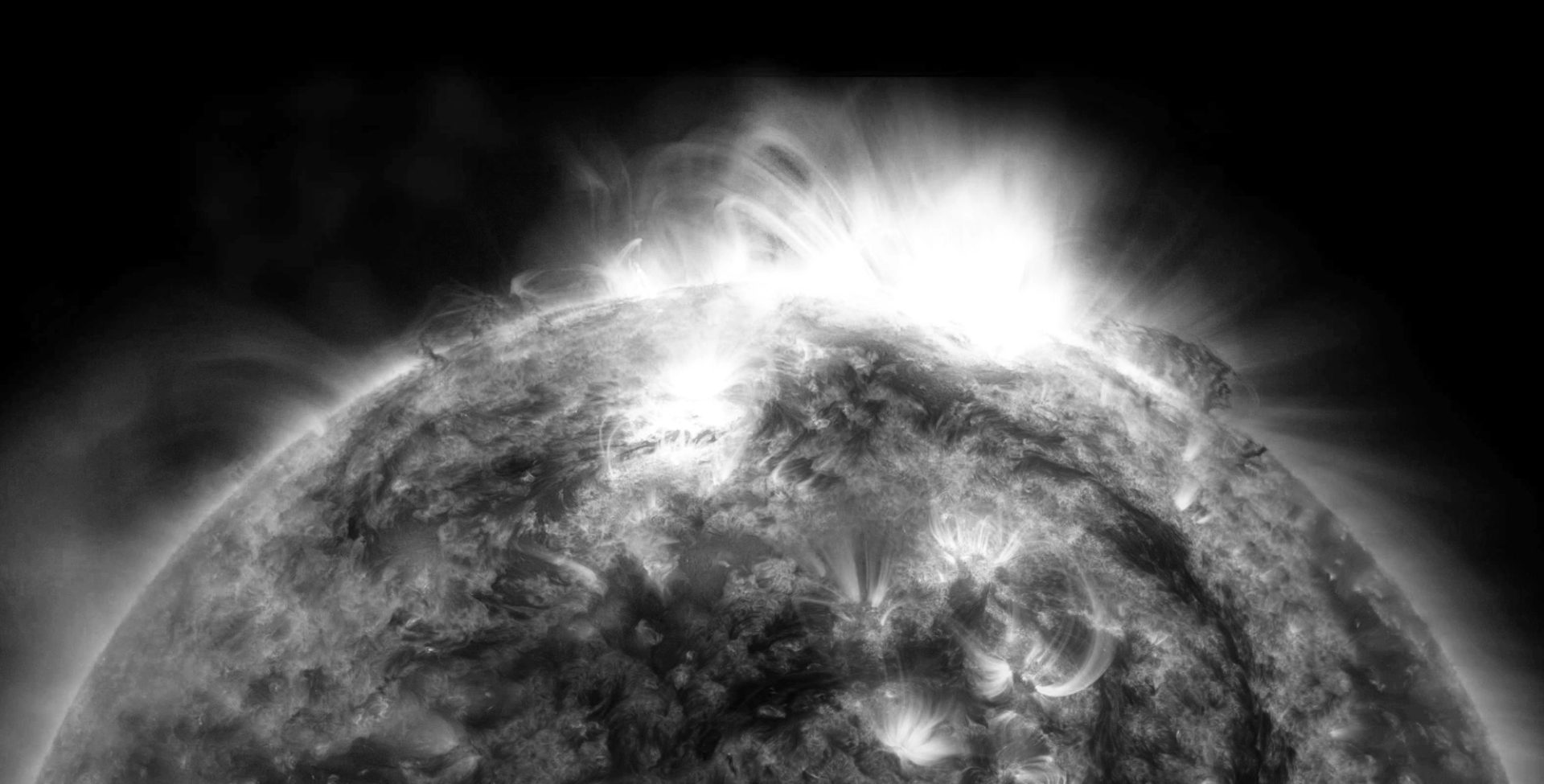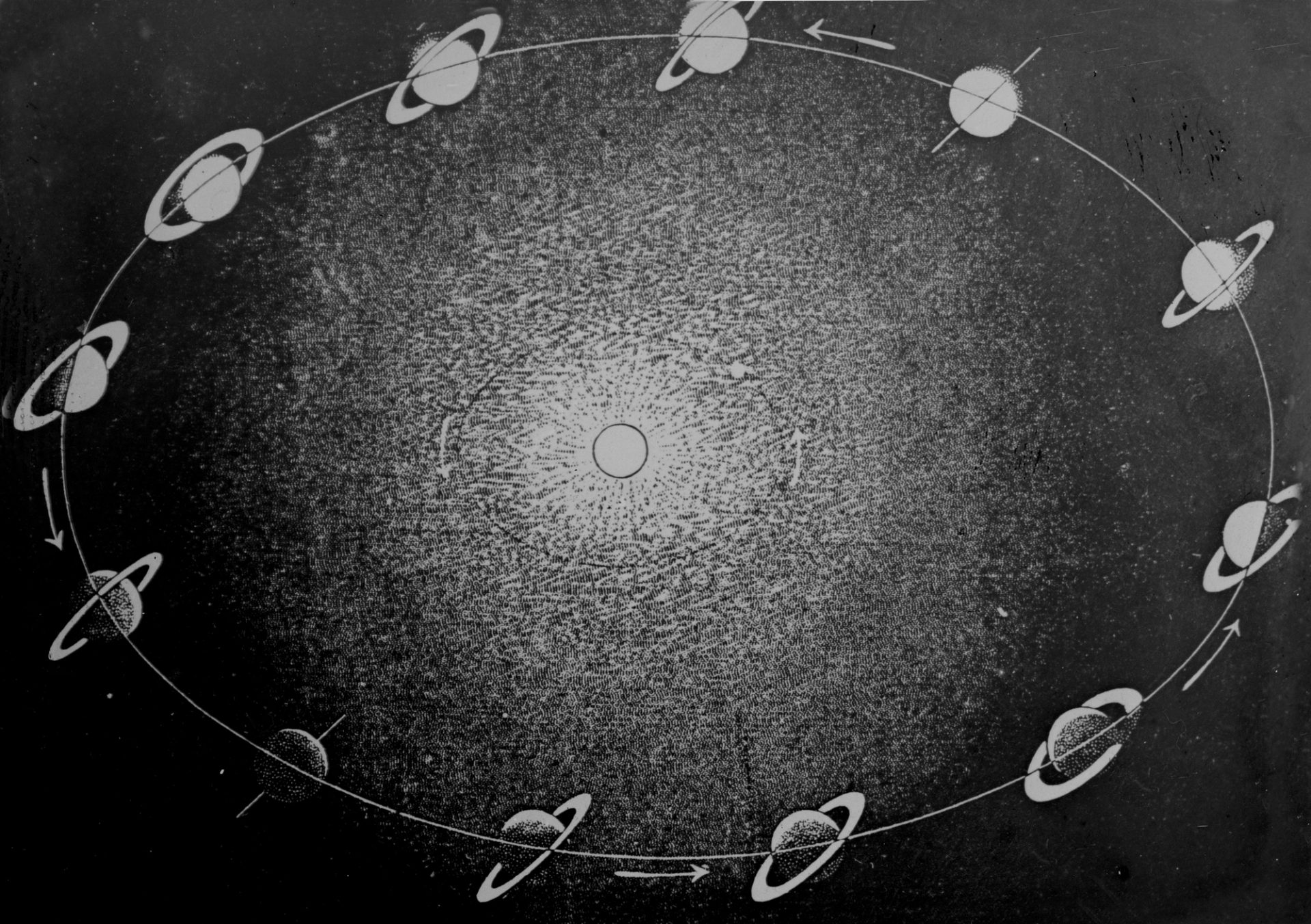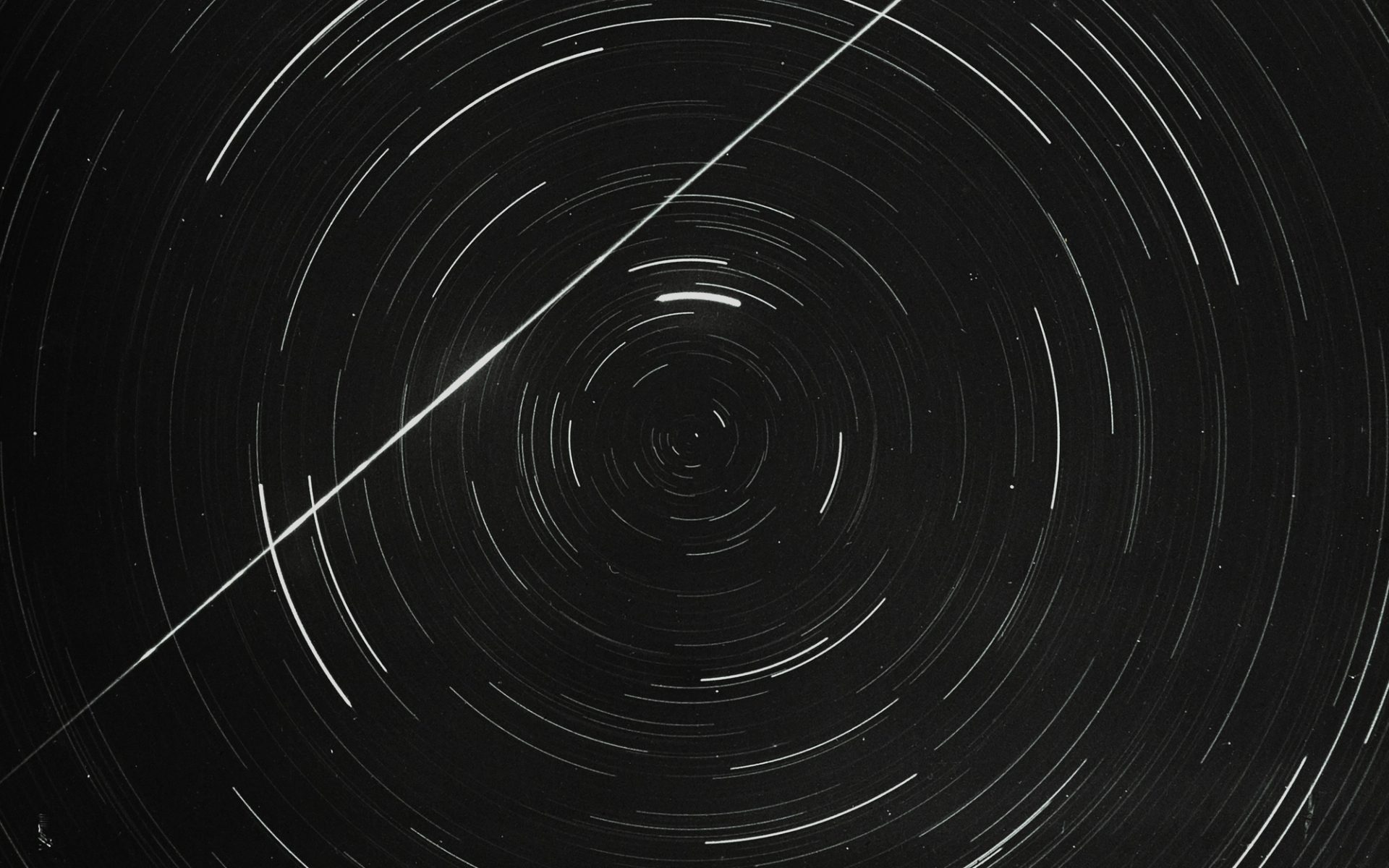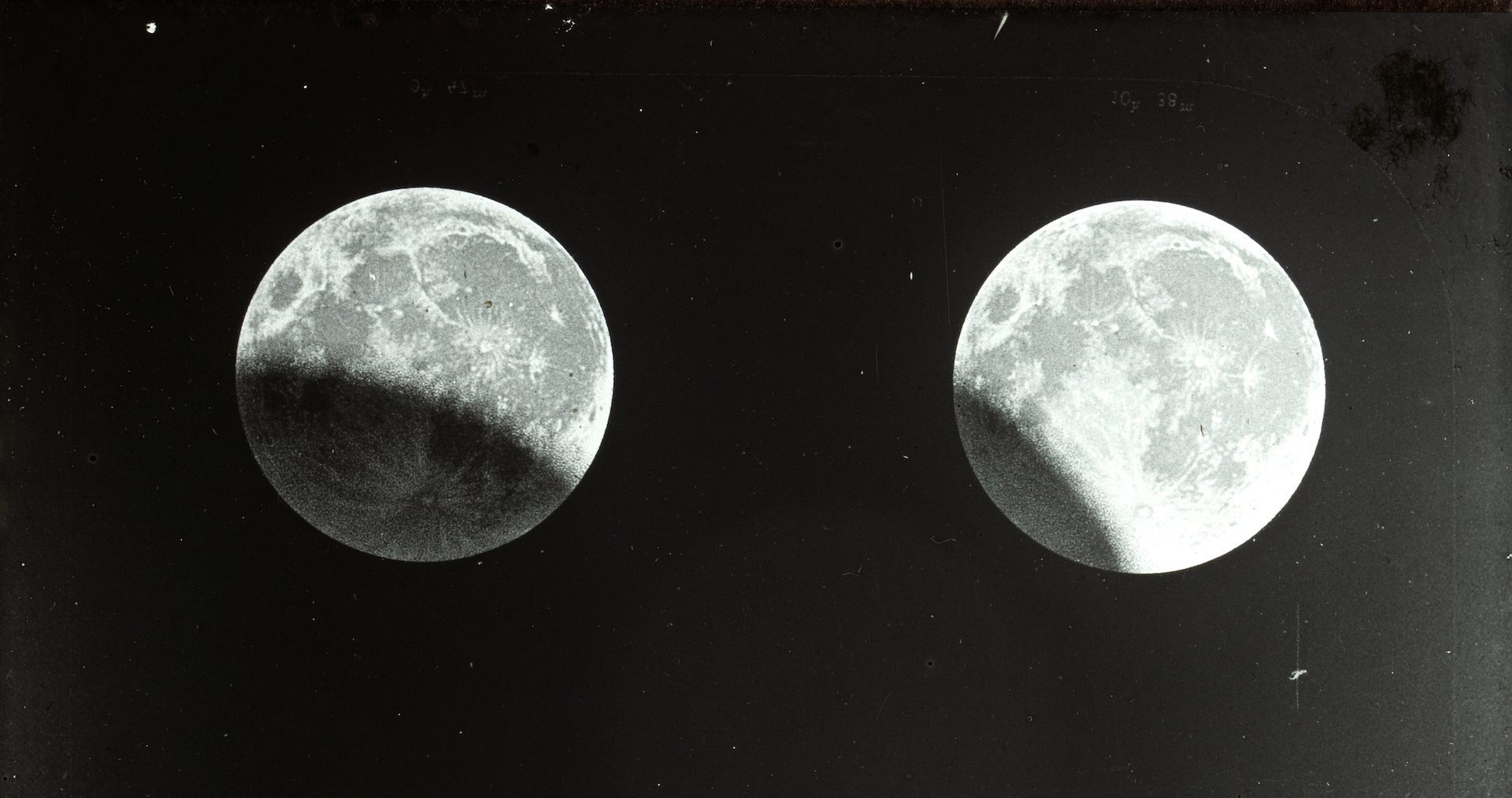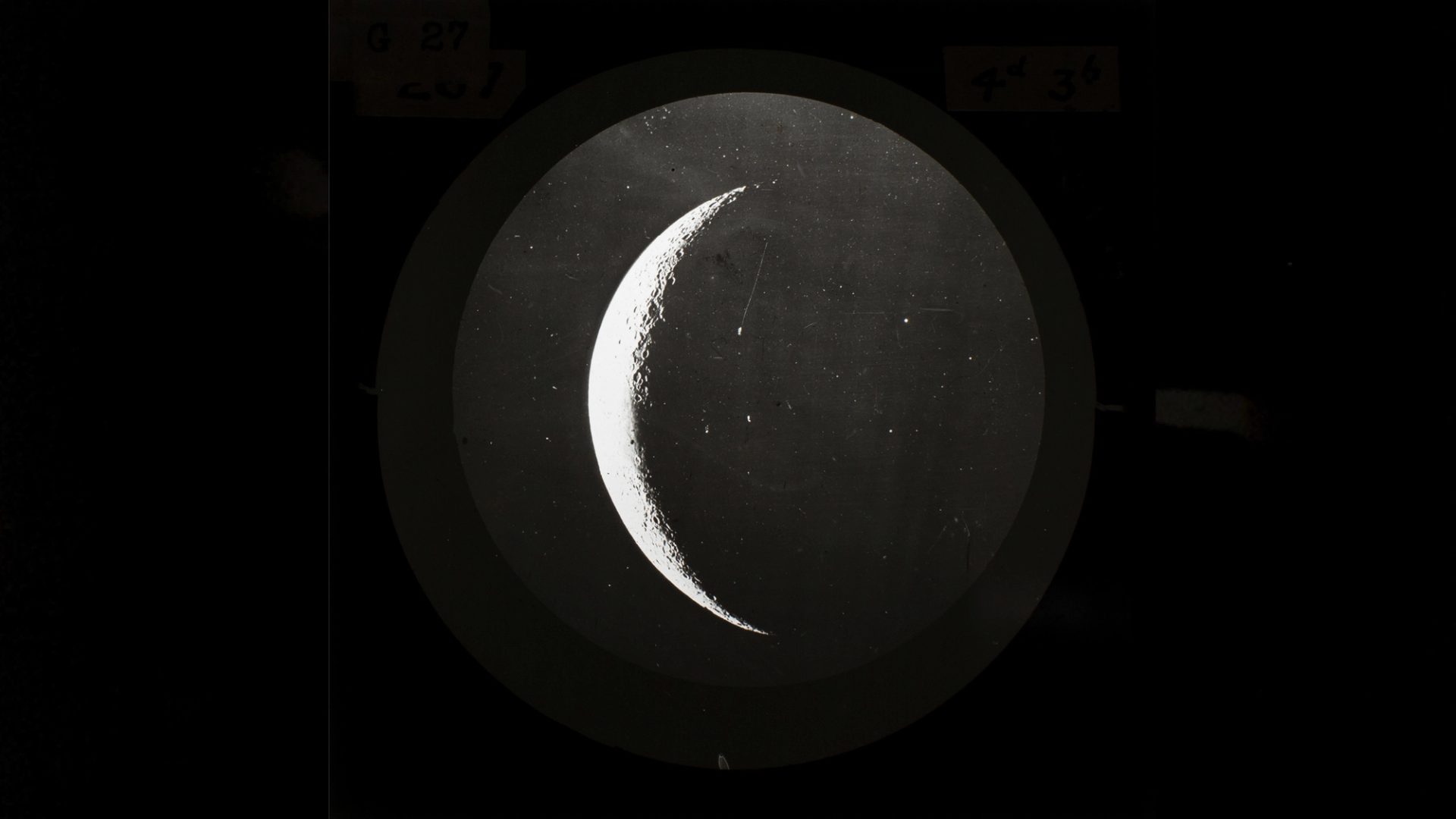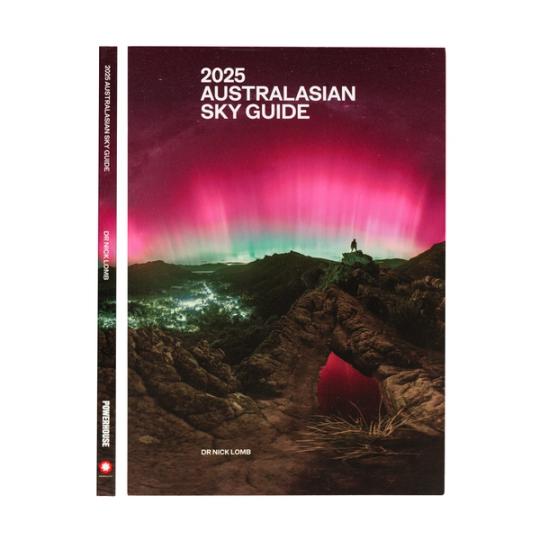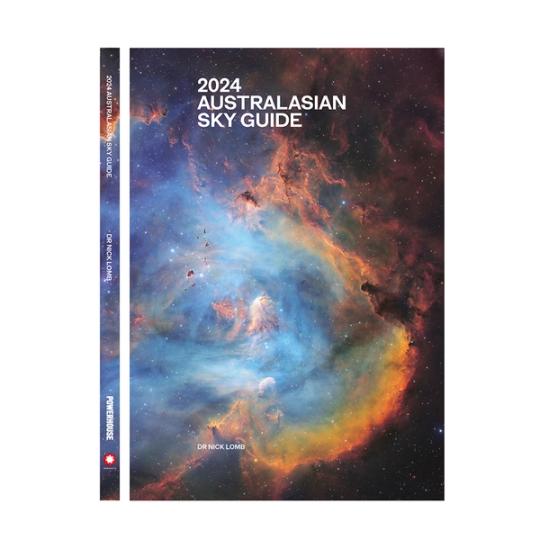Sky Guide April 2025

‘Don’t forget that daylight saving time ends on Sunday 7 April at 3am with our clocks ‘falling’ back one hour! On the same day, set your alarm for 5:30am and look to the east for grouping of the planets Mars, Saturn and Venus along with the waning crescent Moon. ’
Geoffrey Wyatt, education program producer and astronomer
Moon Phases
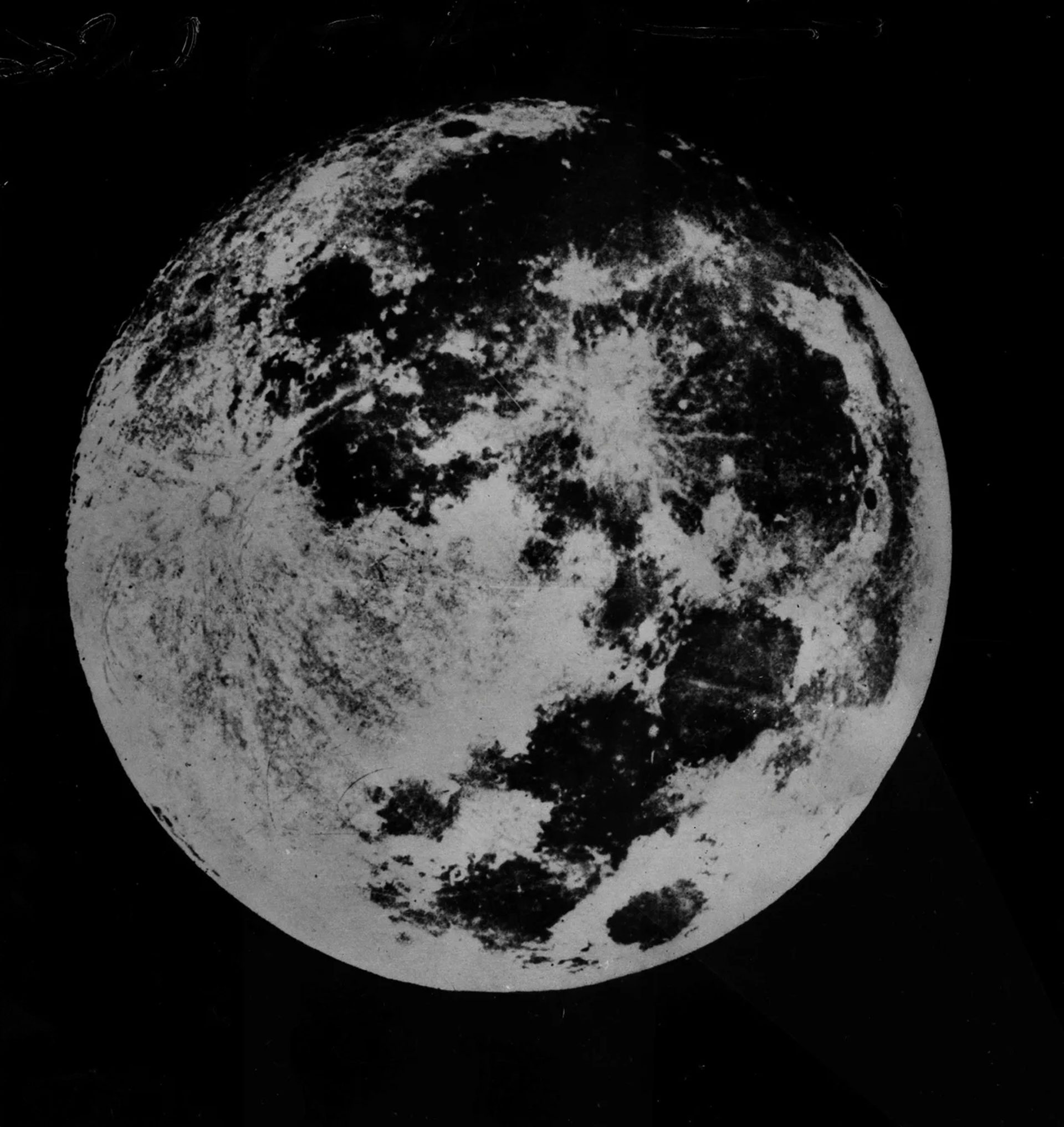
First quarter – Saturday 5 April 1:15pm AEDT
Full Moon – Sunday 13 April 10:22am AEST
Last quarter – Monday 21 April 11:35am AEST
New Moon – Monday 28 April 5:31am AEST
Planets
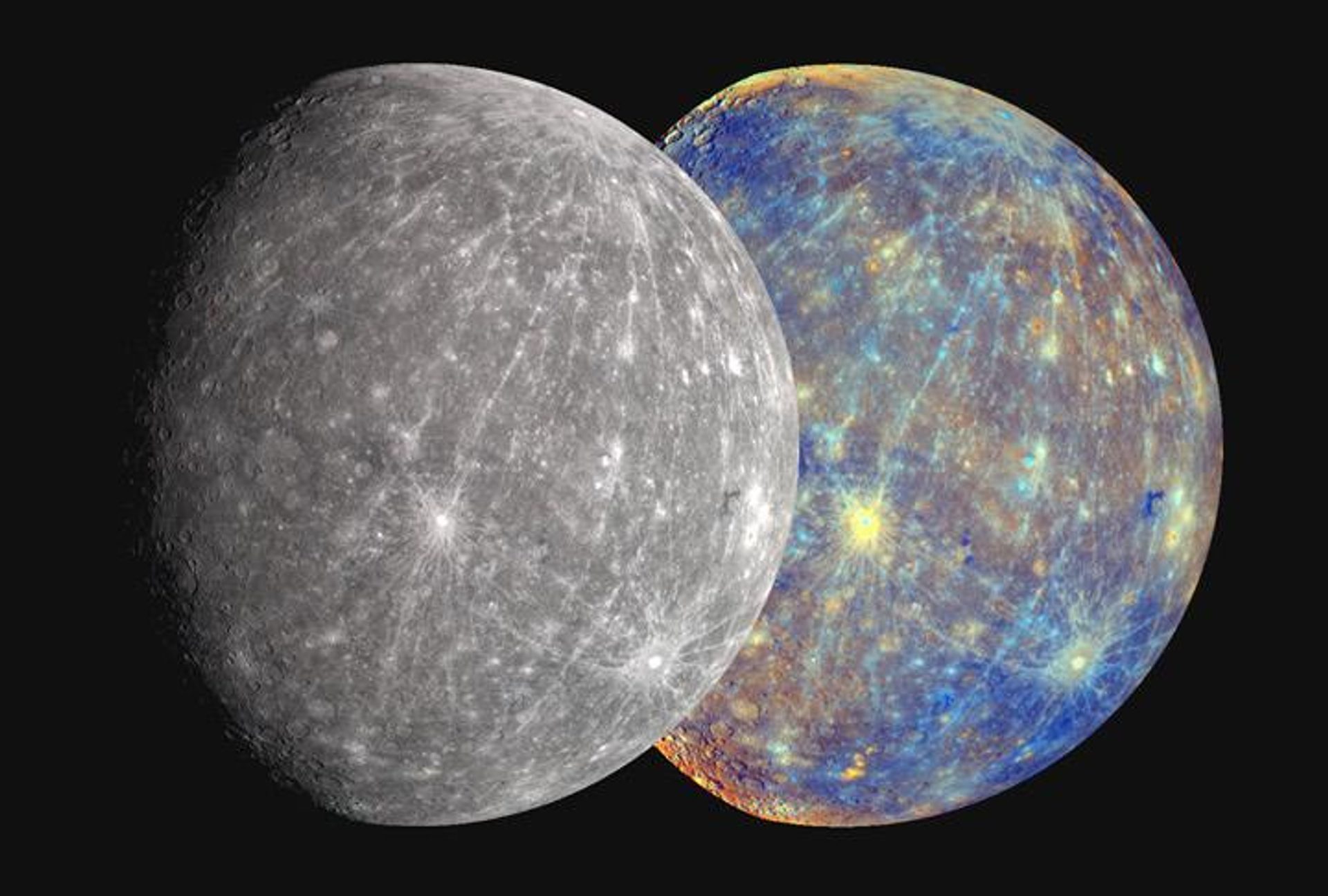
Mars and Jupiter remain the evening planets.
EVENING
Mars is in the north, moving from Gemini to Cancer near the end of the second week of the month. On 5 April, the first-quarter Moon is below and to the left or west of Mars, while the next evening the Moon, now gibbous, is still below but to the right or east of the planet.
Jupiter is in the north-west in Taurus. On 2 April, the crescent Moon is below and to the left or west of Jupiter, while the next evening it is still below but to the right or north of the planet. At the end of the month the crescent Moon is again near Jupiter, this time directly below.
MORNING
Mercury appears low in the east in Pisces at the beginning of the month. For the next two weeks it is part of a slowly varying compact group with Venus and Saturn. Just before the end of the month, Mercury has a brief sojourn in the non-zodiacal constellation of Cetus, the Whale, before returning to Pisces. On 26 April, a thin crescent Moon is to the left or north of Mercury.
Venus is in the east in Pisces. On 25 April, the crescent Moon forms a compact triangle with Venus and Saturn.
Saturn is in the east, starting the month in Aquarius but moving to join Mercury and Venus in Pisces during the second half of the month.
Constellations
Constellations are groups of stars that represent mythological figures, fanciful beasts or old scientific instruments. Some have been used for millennia as a tool to share significant cultural stories and to track the passage of the weeks and months. Today they also help astronomers mark out portions of the sky and locate astronomical objects. Those listed below have been selected for their visibility in the evening up to two hours after sunset as seen from the southern hemisphere.
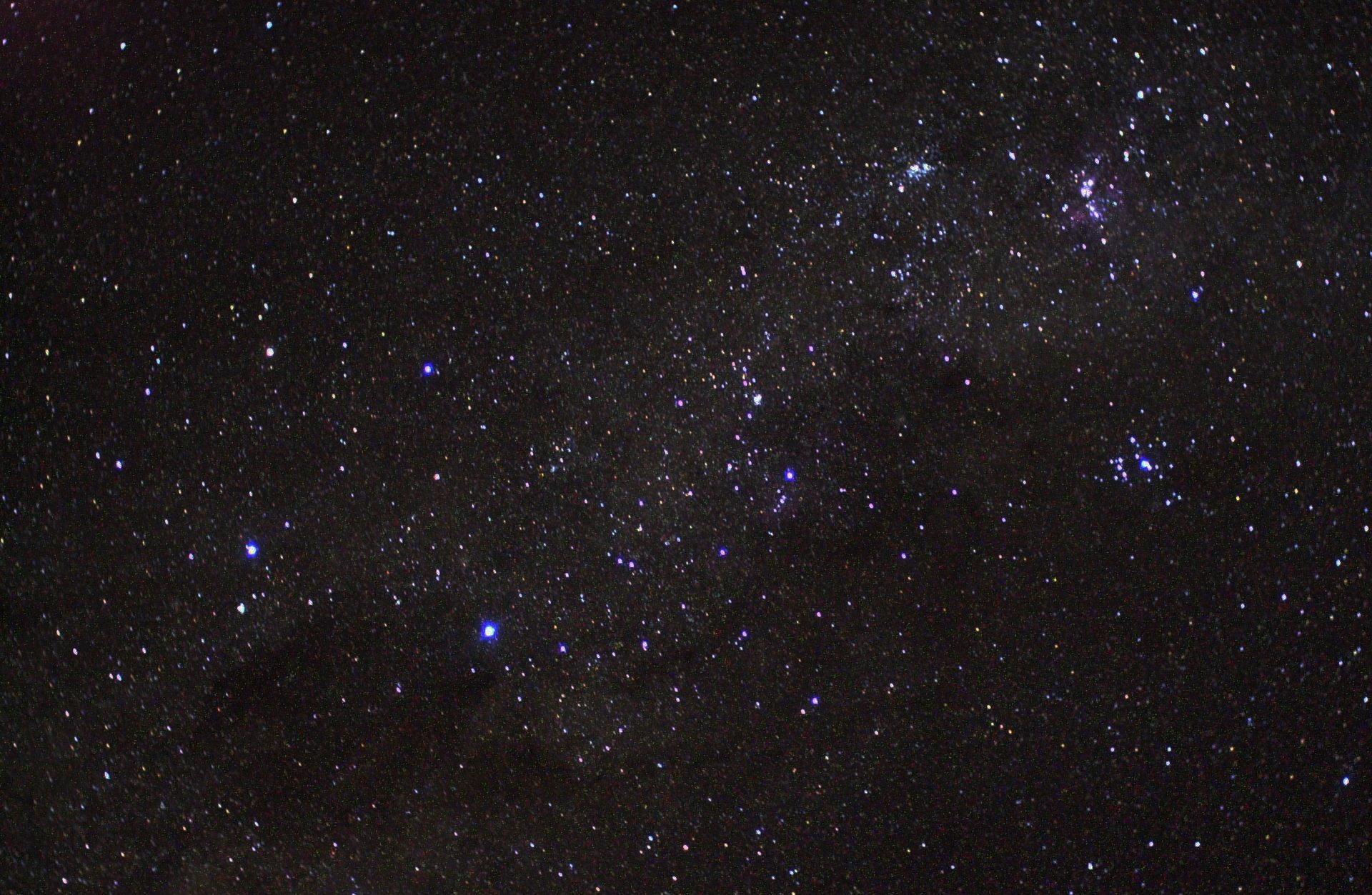
Canis Major the Greater Dog is the companion to Orion the hunter. The brightest star in the constellation, Sirius (also known as the Dog Star), is also the brightest in the night sky as it is close to us — only 8.7 light years away or about 82 million million kilometres and 25 times brighter than the Sun. In about 64,000 years it will be seen as the southern polar star due to the Earth’s wobbling axis of rotation and the star’s proper motion.
Canis Minor the Lesser Dog is an obscure and small constellation usually ignored in the search for its dominant companion, Canis Major, the Greater Dog. To find its one bright star, face north and look for Sirius in Canis Major. Roughly one hand span (with your hand at arm’s length) below Sirius is the bright star Procyon. And Procyon is just about all there is to the Lesser Dog! Like many constellations it looks nothing like its name. The star’s name comes from the Greek Prokyon meaning ‘before the dog’ and indeed it does rise before bright Sirius and Canis Major from the latitudes of ancient Greece. Canis Minor and Canis Major together are Orion’s hunting dogs.
Carina the keel and the nearby constellations of Vela (the sails) and Puppis (the stern) were part of the huge constellation Argo Navis, which in Greek mythology carried Jason and the Argonauts in search of Aries the Ram’s Golden Fleece. In 1756, Nicolas Louis de Lacaille published his catalogue of the southern stars showing Argo Navis divided into the three constellations we see today. Canopus, the second brightest star in the night sky, can be found in Carina and is a white supergiant star about 313 light years away. It is best seen from February to April high in the south.
Centaurus the half man half horse represents the scholarly Chiron, tutor of many of the Greek gods and heroes including Heracles, Achilles and Jason. Its two brightest stars of Alpha Centauri — the closest star system to the Sun — and Beta Centauri make up the front legs of the centaur. When used with Crux, they help find south. It also contains the most spectacular globular cluster of all, Omega Centauri (NGC 5139). Centaurus was one of the original 48 constellations as mapped by Ptolemy and originally included Crux before the latter was identified separately sometime in the 17th century CE.
Crux or the Southern Cross is the smallest of all 88 western constellations and consists of four bright stars. Along with the nearby pointers of Alpha and Beta Centauri, Crux can be used to find south. Draw an imaginary line from the top of the cross shape though the bottom and across the sky. Midway between the pointers draw a line perpendicular to the line that joins them. Where these two longer lines intersect is close to the southern celestial pole. From this point drop a vertical down to the horizon to locate south. This technique works at any time of the night, any time of the year. The superb open cluster NGC 4755 (Jewel Box) appears very close to the second brightest star, Beta Crucis.
Gemini the twins with its two bright stars, Caster and Pollux, sits low in the northern sky between Taurus and Cancer and lacks any bright objects of note. It is best known for the Geminid meteor shower that peaks in the early hours of 13–15 December each year and for hosting both Uranus and Pluto when they were discovered in 1781 and 1930 respectively.
Leo the lion looks more like an upside-down question mark when seen from the Southern Hemisphere. Its brightest star Regulus (meaning ‘Little King’) is a system of four tightly bound stars 79 light years away. It was once referred to as one of the four Royal Stars, or guardians of the heavens, because of its proximity to the point in the sky that marked the northern Summer Solstice as seen by Persian astronomers approximately 5000 years ago. Precession of the equinoxes has now moved this point to Cancer the crab. It is host to numerous bright galaxies that can be seen through a modest telescope including the Leo Triplet of galaxies M65, M66 and NGC 3628.
Orion the hunter is one of the original 48 constellations mapped by Ptolemy and strides across the celestial equator, making it easy to see from both hemispheres. Its likeness to a male figure was probably obvious to the earliest humans. Orion’s brightest star Betelgeuse is one of the few stars to show an intense red colour due to its age and size. The three stars of Orion’s belt at his waist separate his head and shoulders to the north from his sword and knees to the south. The well-known saucepan asterism (a pattern of stars that is not a constellation) consists of a base (Orion’s belt) and a handle (Orion’s sword) plus one additional star at the rim. With binoculars you will see a small hazy glow in the middle of the saucepan’s handle: this is the Orion Nebula, a star birth cloud at a distance of about 1350 light years. The mythology of Orion is complex and often contradictory, though he usually represents a tall, strong and handsome hunter.
Virgo the maiden is the second largest of all constellations. Virgo rises in the east in April and sets after sunset by mid-August. It can be most easily found by locating the constellation’s brightest star, Spica. The rest of the figure is composed of relatively faint stars and looks a little like a maiden. It is one of the two constellations in which the ecliptic and celestial equator cross – the other being Pisces. This one marks the current position of the September equinox, the beginning of Spring in the Southern Hemisphere. It is home to a cluster of galaxies at a distance of around 60 million light years — the largest being M87 with a central black hole at least 7 billion times the mass of the Sun. Virgo’s one bright star, Spica, is the 16th brightest in the night sky and about 250 light years away.
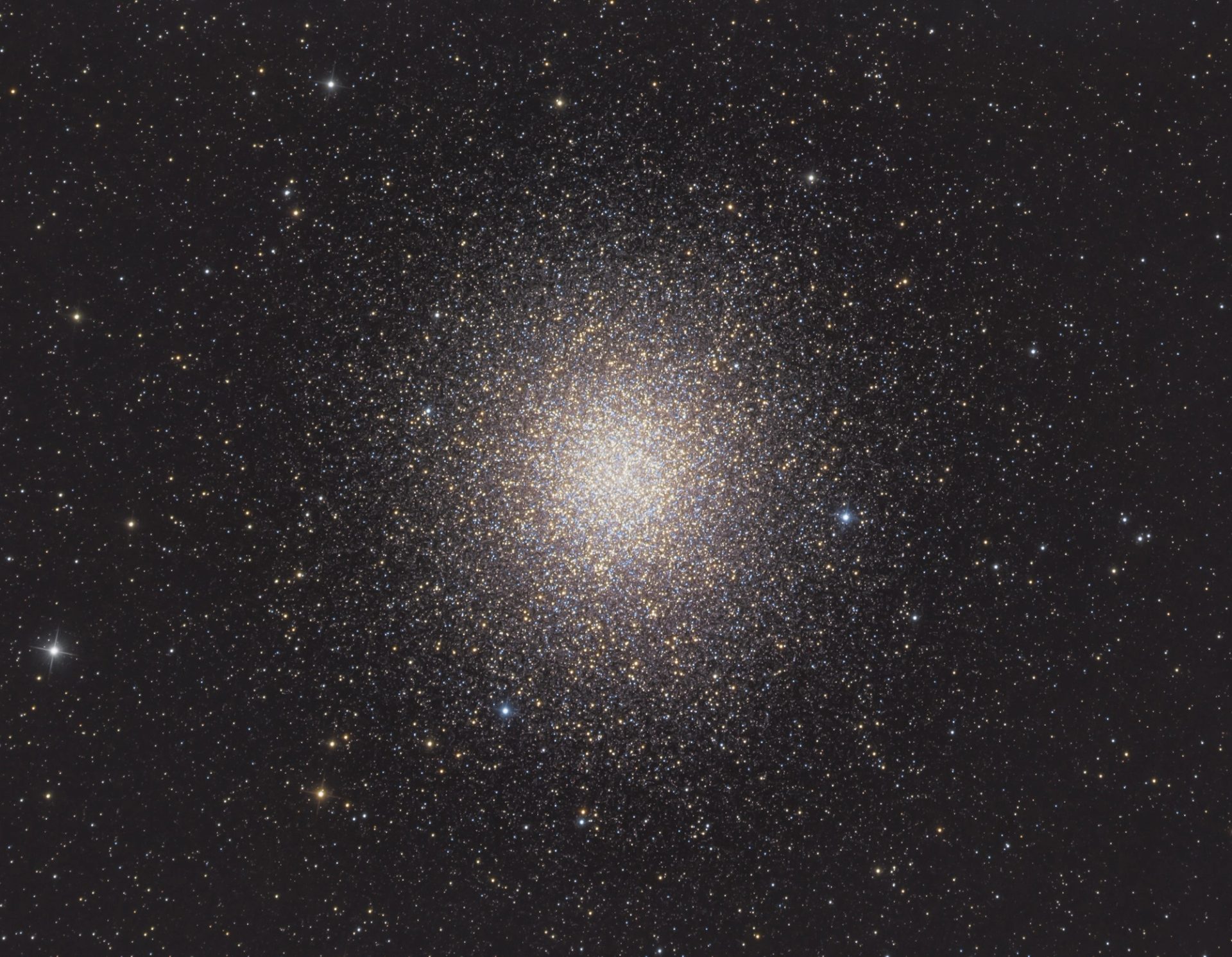
Deep sky
Alpha Centauri is a triple star system consisting of Alpha Centauri A and B, and the closest star to our Sun, Proxima Centauri (Alpha Centauri C) at 4.2 light years away. Proxima Centauri is a red dwarf star, only visible through large telescopes, and revolves around the other two stars once every 550,000 years.
Carina Nebula (NGC 3372) is more than four times larger than the more famous Orion Nebula (M42) seen in summer. Its distance of around 7500 light years disguises its immense size of around 500 light years in diameter. On a moonless night it is a stunning view through binoculars or a telescope as well as being visible to the naked eye. It contains some of the youngest star clusters in the Milky Way and a star well on its way to an explosive death. That star, Eta Carinae, is 100-150 times the mass of the Sun and is a dying cataclysmic variable, which is expected to explode as a supernova anytime within the next million years. A supernova precursor eruption in the 1840s temporarily elevated it to the second brightest star in the night sky.
NGC 3293 and NGC 3532 are two stunning open clusters in Carina and both excellent targets for binocular and telescope viewing. NGC 3532 was the first target of the Hubble Space Telescope in 1990. It contains around 150 stars thought to be 300 million years old at a distance of 1300 light years. NGC 3293 is much younger with stars between 6 and 20 million years but around 9000 light years away.
The Ghost of Jupiter (NGC 3242) is a planetary nebula in the largest of all constellations, Hydra the snake. It is the remains of a dying star that has shed its outer layers. In a telescope its apparent size is similar to the planet Jupiter but in reality it is larger than our Solar System. Our Sun is destined to look like this at the end of its life billions of years in the future.
The Jewel Box (NGC 4755) is an open star cluster approximately 10 million years old. It is close to Beta Crucis (Mimosa), the second-brightest star in Crux (Southern Cross). In binoculars and small telescopes it appears as an ‘A’ shape. It is about 20 light years across and contains around 100 stars. One of these is the red super giant DU Crucis, which is around 500 times the diameter of the Sun. The Jewel Box is one of the youngest open clusters in our skies with an estimated age of about 14 million years. It lies at a distance of about 6400 light years.
Large and Small Magellanic Clouds (LMC/SMC) are the satellite galaxies of our own Milky Way. The Large Magellanic Cloud (LMC) is in the constellation of Dorado and is approximately 163,000 light years away. It consists of around 30 billion stars and hosts one of the largest nebulae detected, the Tarantula nebula. The Small Magellanic Cloud (SMC) is in the constellation of Tucana and is approximately 200,000 light years away. It has around 3 billion stars. The LMC will merge with our galaxy in around 2.4 billion years.
Omega Centauri (NGC 5139) is the brightest and largest of approximately 150 globular clusters orbiting the Milky Way. It is so bright it was labelled as a star on early sky charts by Ptolemy and is one of the few objects in the sky that carries both a star designation and an object catalogue designation. Omega Centauri shines with the luminosity of a million suns and is relatively close to us, only 15,800 light years away. It contains approximately 10 million stars and some theories suggest it could be the remnant core of a galaxy that is merging with the Milky Way.
The Sombrero Galaxy (M104 or NGC 4594) is an almost edge on galaxy about 30% the size of the Milky Way 28 million light years away. It is either a spiral galaxy or an unusual elliptical one. Its central black hole is about one billion times the mass of our Sun, which makes it one of the largest black holes found so far in the heart of a galaxy. The Sombrero Galaxy is situated within the constellation Virgo on the border with Corvus. It requires a moderate sized telescope and will appear as a small smokey smudge.
The Tarantula Nebula (NGC 2070) is a large hydrogen gas cloud approximately 1000 light years in diameter and part of the LMC at about 160,000 light years. The name ‘Tarantula’ comes from the spider-like appearance of the nebula in telescopes and photographs. At the centre of the nebula is the open cluster R136, which contains approximately 500,000 stars, including some of the hottest and most massive supergiant stars known. In 1987 the first naked eye supernova (SN1987A) since the invention of the telescope occurred in this part of the sky.
Special Events
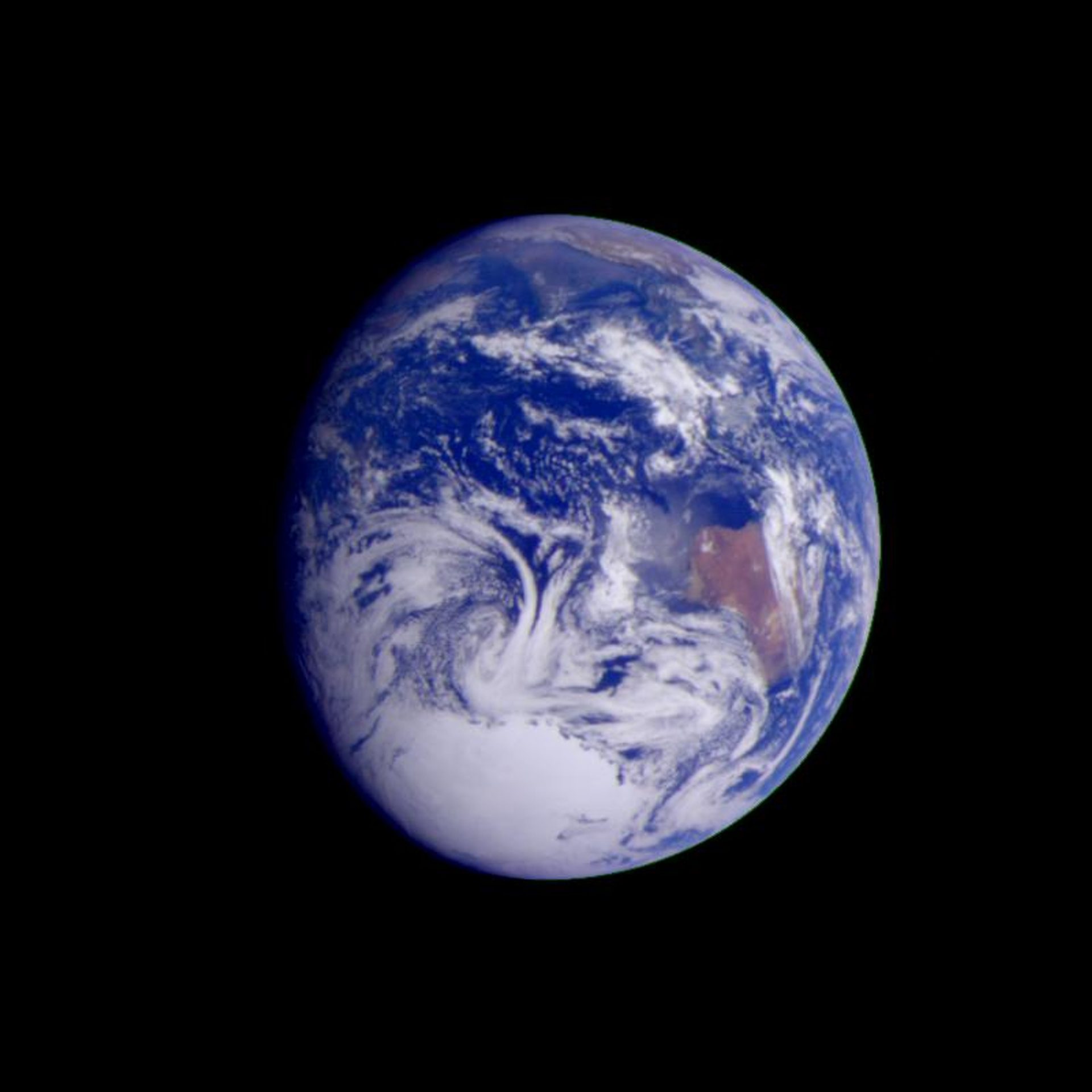
Daylight saving time ends in ACT, NSW, SA, TAS and VIC on Sunday 6 April. Clocks will ‘fall’ back one hour at 3am Australian Eastern Daylight Time(AEDT) to 2am Australian Eastern Standard Time (AEST). Your mobile phone, laptop and other smart devices will make the change automatically, but old-school clocks and watches are best turned back one hour at bedtime on Saturday night.
This month Saturn, Venus and Mercury are close together and low in the eastern sky before sunrise. Venus and Saturn remain close to each other while Mercury drops back to the horizon late in April. The waning crescent moon joins them on 25 and 26 April.
On Sunday 13 April we will see the most distant full moon for the year (rising as the Sun sets) — it will be just on 406,000km from Earth’s centre. Does it look slightly smaller than other full moons you’ve seen this year?
The minor planet (or asteroid) Vesta becomes theoretically visible to the naked eye from mid-April to mid-May, in the constellation Libra. During this time it will be the brightest of all the minor planets this year. To see it with the naked eye you will need to be at a dark location (far from any artificial light and with no Moon above the horizon) and let your eyes fully adapt to the darkness (this takes at least 30 minutes but waiting an hour or two is even better). The best times to view Vesta are in the last week of April and first week of May when the Moon is down and Vesta is highest in the sky. It’s most easily located with the help of your favourite astronomy app.
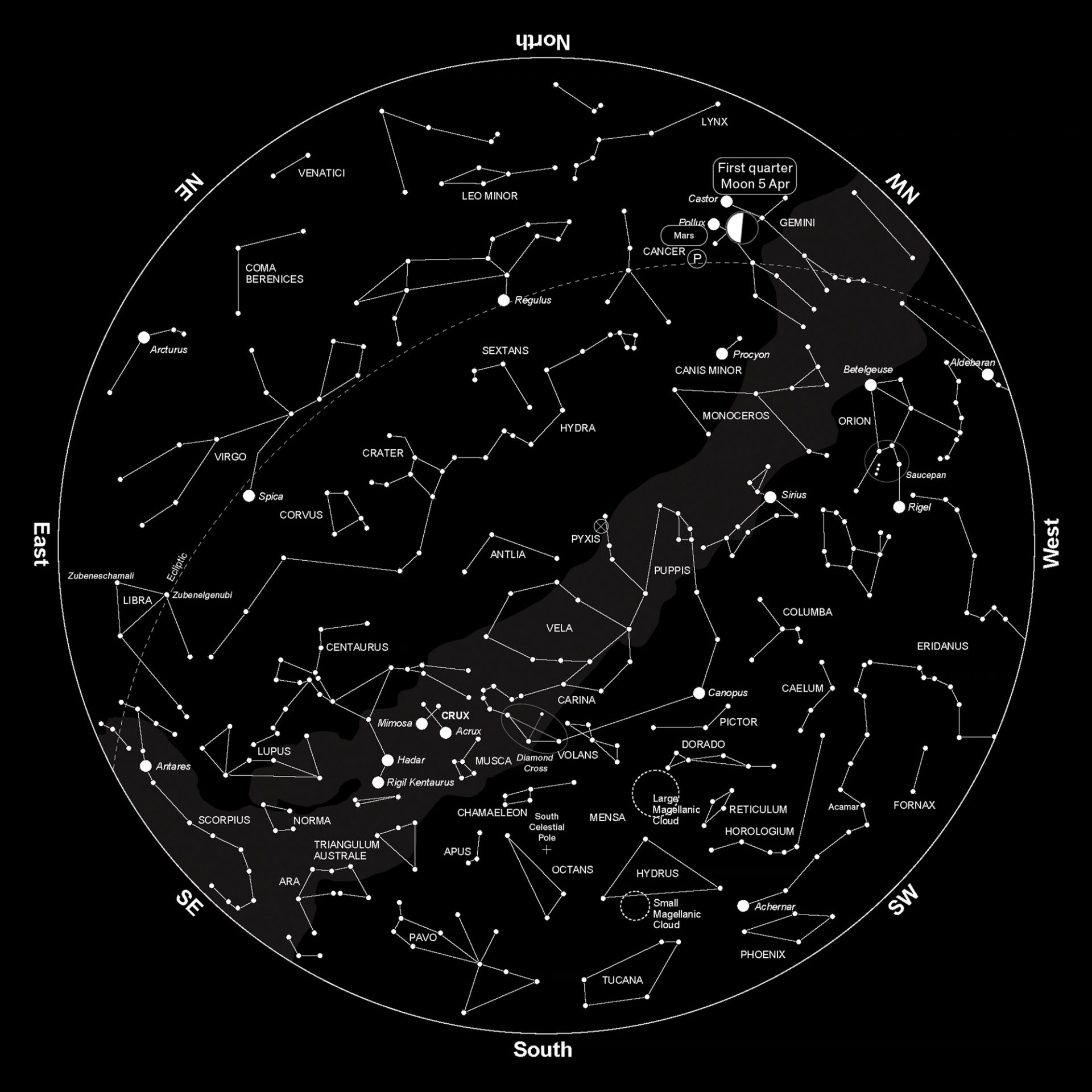
Shop

Sydney Observatory
Open for pre-booked tours, located on Gadigal land, a national place of connection and scientific research. The site is undergoing heritage conservation works.


